20 Asymmetric InfoBiz Secrets
Is it too late to make "the smooth first million"?
Introduction
Disclaimer. I’m not the most legit voice in this industry because I have nothing to sell. I used to, but not anymore. Today I invest in and scale businesses I actually enjoy. Biotech. Hardware. Security. Media. Stuff that makes me curious or makes me laugh.
Infobiz was never the endgame. It was just the tool. It gave me what Marx called the “primitive accumulation of capital”. The initial stack. The launch fuel. That’s what allowed me to exit the loop and reinvest elsewhere.
But I still love this game. I love teaching. I love decoding. That’s why I’m still talking. Even with nothing to sell.
Facts
Secret #1 - The Reality of the $1m Info-Biz Dream
Making your first million online is the baseline of dignity in the digital world.
The target isn’t random. It’s the default ambition when launching software, reports, or any online business.
One million a year means $2,740 per day. That’s 1,000 sales at $1,000. Or 2,000 at $500. Or 10,000 at $100.
The “million” still sounds impressive, but its economic reality has shifted.
There are millions of millionaires today. It used to be a rare status.
In 1959, Some Like It Hot — Marilyn Monroe was chasing a millionaire. A million then is ten million today. 100,000 millionaires in 1959. Over 22 million now.
We’re dealing with inflation in both money and millionaire status.
Secret #2 - The Infobiz Trifecta.
Success in infobiz doesn’t come from value alone. It’s not just about your skills or your ability to teach. That’s surface-level thinking.
What drives results is a trifecta. First, timing. Being early. Catching the wave when it forms, not when it crashes.
Second, calibrated perception. Authority. Legitimacy. Desirability. You’re not separate from your product. You are the product.
Third, value delivery. Not for clout. Not for the dopamine hit. But to last. To retain. To convert again and again.
There is no Lifetime Value (LTV) without delivery. No legacy without durability. This is not a game of attention. It’s a game of repetition. Of depth. Of staying in play while everyone else burns out.
Secret #3 - The Info Biz Red Ocean.
Infobiz is a red ocean. Market growth followed a square root curve (√x). Fast start, early plateau. The initial acceleration gave the illusion of infinite scale, but the ceiling came fast.
Human capital moved the other way. People flooded in late. The talent curve was convex. Entry happened after the curve bent. That’s when saturation sets in. Competition spikes. Noise overwhelms signal.
A blue ocean turns red the moment attention exceeds opportunity. That’s exactly what happened.
Today’s game is about operating in overcrowded waters. You don’t win with force. You win with precision. Not scale, not surface — depth. Not reach, but incision.
Secret #4 - The Laffer Curve of BS
Arthur Laffer, The Laffer Curve: Past, Present and Future, introduced a simple idea: beyond a certain point, more tax leads to less revenue. The same logic applies to bullshit in infobiz. Bullshit works, but only up to an inflection point. Past that, it backfires. And we’ve clearly crossed that line.
Rolex turned into Richard Mille at 350K. The Lamborghini got replaced by the private jet. Tai Lopez’s garage became the Palm Jumeirah mansion in Dubai.
The inflation of signaling has destroyed credibility. More hype leads to less trust, and less trust leads to fewer conversions. The audience is no longer impressed. They’re numb. Signal has collapsed into noise. In that environment, trust becomes rare. And like capital, it compounds. The only thing that still cuts through is brutal clarity. Not excess. Not theatrics. Just sharp signal.
Secret #5 - Ai and Extreme Relationship
Economic value today is polarized across two extremes. On one side, extreme technology such as LLMs, biotech, fintech, blockchain infrastructure. On the other, extreme relationship, either vertical where a guru leads an audience, or horizontal where a community builds shared meaning. Think of this as a horizontal axis. Everything that sits in the middle struggles to capture meaningful value.
Now add a vertical axis with abundance at the top and scarcity at the bottom. This creates a matrix. The center of that matrix, filled with average tech, average content, and average positioning, is where value disappears. Economic opportunity lives at the corners. Extreme tech with scarcity. Extreme relationship with scarcity.
AI now gives anyone the ability to self-educate. It can generate personalized learning paths, explain concepts in context, and simulate human coaching. Agents like Gemini can summarize the best YouTube videos, select the most relevant content, and deliver it in a sequence optimized for each learner. In this environment, long theoretical courses and exhaustive programs lose their appeal. Clients don’t want to sit through hours of structured content when AI compresses and personalizes it in seconds. This shift will undermine a large part of the traditional education business online.
The only viable answer, when mapped onto the matrix, is to move toward the highest possible form of relationship. Something direct, sincere, generous, and above all, scarce. Abundant relationships feel like TikTok. They are shallow, fast, and nearly impossible to monetize. Scarcity is easier to control and easier to price.
The future of infobiz lives at the intersection of Extreme Relationship and Scarcity.
Strategies
Secret #6 - “I Have Nothing to Sell”
The “I have nothing to sell” strategy comes before “sell like crazy”. Alex and Layla Hormozi executed it perfectly with Brio and Acquisition.com. For years they repeated that they weren’t selling courses. They positioned themselves as investors, not educators. Then they dropped high-quality content on YouTube, the kind of material that used to sell for two to three thousand dollars.
They wiped out the paid-course competition by giving away more value than others were charging for. They targeted only high-maturity entrepreneurs. No beginners. No support burden. No refund drama.
The result was extreme trust, massive reciprocity, and elite status. No low-ticket noise. No customer service sinkholes. Beginner clients tend to bring the lowest lifetime value and the highest rate of complaints. The Hormozis bypassed that segment entirely.
Luke Belmar used the same logic. Before launching Capital Club, he spent twelve to eighteen months releasing free longform content. Podcasts. Interviews. High-level material.
He mentioned the product but made it impossible to buy. Everyone knew it existed. But it was invite-only. Waitlist-only. That mix of rarity and reciprocity built massive anticipation. When the offer finally opened, rumors say it pulled in more than $10M on day one.
Secret #7 - The Alliance with the Multitude
The strategy is to sell nothing because the money comes from elsewhere. You align with the multitudes without extracting from them. You hold the line. I have nothing to sell. You exit the infopreneur model and evolve the game.
This is a natural move for creators who have already capitalized an audience. The audience becomes leverage, not a revenue stream. You shift from selling to signaling. No direct transaction. You don’t sell to them.
Instead, you monetize through dealflow and access. The audience becomes distribution for B2B deals, investments, and equity plays. You mention products you’re involved in. They buy from the companies. You profit through ownership, not through sales.
Minority stakes replace course funnels. Trust stays intact. Monetization happens offstage.
Secret #8 - Decentralisation and Delegation of the organic growth
Strategy decentralize and delegate organic content
Decentralization
Andrew Tate used Hustler’s University to build a decentralized content machine. He let users repurpose and clip his videos freely. Thousands of TikTok accounts started pushing his content in parallel. According to The Guardian, the total impressions surpassed 11.6 billion. At his peak, he became the most googled man on earth. His provocative tone acted as an amplifier, turning controversy into velocity. The system was open. Anyone could join. Anyone could earn. That openness created massive scale, but also uncontrollable chaos.
Delegation
Iman Gadzhi built a delegation-based content engine. He structured internal teams with project leads, each managing multiple sub-channels across platforms. Teams operate under strict KPIs, compete on performance, and are incentivized by results. This creates controlled, repeatable scale instead of relying on lucky spikes.
Luke Belmar runs the same model at industrial scale. Between 400 and 600 videos are produced daily. The machine pulls in 250 to 400 million views per month. It runs on a $100K monthly burn. This isn’t passive virality. It’s operationalized reach. Content is deployed like infrastructure, not like art.
Tools like Reach.cat can help structure and manage growth campaigns with the same architecture.
Secret #9 - The $20m VSL Flywheel
The old model was linear and fragile. You create content. You place a link in the bio or description. That link leads to a landing page. Then a sales video. Then finally a checkout page.
At every step, the funnel bleeds. Very few people click the link. Even fewer leave their email. Most don’t finish the VSL or the webinar. A tiny fraction reaches the actual offer. Lead attrition is extreme. Most of your audience never even sees the pitch.
The new model, illustrated by Iman Gadzhi’s VSL Flywheel, flips the logic. Videos lead to other videos instead of external links. The entire structure is designed to stay native. YouTube rewards creators who keep viewers on-platform. Retention is the game, not extraction. Sending traffic away from YouTube reduces reach and kills momentum. Keeping users inside the ecosystem aligns with the algorithm, and the algorithm becomes your ally.
The VSL Flywheel places a central sales video directly inside YouTube. All the content around it is designed to point back to that one video. Every short, every long-form, every podcast clip builds context. By the time the audience reaches the VSL, they’re already warm. They’ve consumed hours of related content. Trust is established before the pitch even starts. There’s no landing page friction. No email gate. No external redirect.
The result speaks for itself. 10M views on the VSL. $20M in sales. $270,000 in YouTube AdSense revenue. The entire sales engine runs natively, powered by the algorithm itself.
Secret #10 - The 4L Method on Warm Traffic
Hot traffic meets the 4L strategy: low cost, low tech, low human, low complexity.
It means stripping away a decade of marketing-engineering bloat. No funnels. No automations. No CRM labyrinth. The stack gets reduced to the absolute minimum. The goal is clarity, speed, and execution without friction.
Sublaunch is the 4L funnel in action. It has already processed $20M for clients. Traffic comes for instance from TikTok and Instagram. Users land on a single Sublaunch page. They pay and get instant access to a private Telegram group. There’s no Skool, no login barrier, no new platform fatigue. As soon as payment stops, Sublaunch auto-kicks them from the group. Everything is automated without adding complexity. No team is needed. No backend tech jungle. Just content, traffic, conversion, access. Cheap, fast, direct. This is the future of hot traffic monetization.
Secret #11 - The iClosed Closing Funnel on Cold Traffic
For cold traffic, the current winning formula is the iClosed funnel. It starts with a short video ad that sends viewers to a minimal presentation page. No fluff, no long-form copy, no scroll fatigue. Just enough to filter and qualify. Underneath sits the iClosed form. iClosed outperforms Calendly with 21% higher conversion and 30% more leads captured. It handles scheduling, follow-ups, SMS reminders, and even the closing process.
The average ticket size is €2300 in Europe and $5000 in the US. Offers are typically coaching, mentoring, or other high-ticket support. Infoproducts can take you to $1M, but done-with-you and coaching can push toward $10M. The ceiling is higher, but so are the costs. This is not 4L. You need staff, coaches, and operational infrastructure. Still, it remains one of the most effective cold traffic machines in the game right now.
Secret #12 - The build-in-public fallacy
Build in public is a trap. You trade alpha for ego. Alpha is your edge. Ego is likes, views, and dopamine. When you reveal your secrets, metrics, and performance, you’re not converting buyers. You’re attracting clones. You feed the crickets, hoping they won't bite, but they bite anyway. They copy you for free while you bleed signal. Levelsio on X is one of the loudest proponents of this strategy, but his market is different. He sells tools and services to digital nomads, indie hackers, and wannabe builders. For that audience, exposure converts. If you’re not selling to them, build in public just leaks your edge into a void.
Building in public only works if your audience is made of entrepreneurs. If you’re selling to builders, indie makers, or wannabe hustlers, then exposure might convert. But if that’s not your market, you’re just leaking strategy to people who will never buy. You’re giving away asymmetric edge in exchange for short-term attention. Building in public leads to mimicry, not defensibility. Transparency and voyeurism are rarely winning strategies. Protect the edge. Don’t distribute signal for a dopamine hit.
Perspectives
Secret #13- Asymmetric Events and Processes
A career in infobiz runs on process and asymmetric events. The process is slow compounding. One to two to three percent per month. Linear, consistent, reliable. No home runs, just motion. But process isn’t scale. Scale comes from asymmetric events.
A single ad that hits. A single funnel that converts like crazy. One offer that floods the system with affiliates, spikes ROAS, attracts sudden media attention, and generates a temporary moment of hyper-profitability.
These moments break the curve. Then it's back to the grind. Back to the process. Until the next spike. One, two, maybe three asymmetric events over a full career is enough to build multi-million capital. Infobiz is not a game of consistency. It’s a game of volatility. Controlled. Surfed. Timed.
Secret #14 - The Saas-Info-Biz Axis of Evil
Every infopreneur eventually hits the same wall. Credibility. Or more precisely, the lack of it. Banks, VCs, and so-called real entrepreneurs see you as a scammer. No matter your numbers, you get the side-eye. Selling courses feels dirty in high-status rooms. You’re not seen as a builder. You’re seen as a marketer. The game becomes socially fragile. You make money, but lose narrative power.
The reflex move is to launch a SaaS. Alex Becker did it with Hyros. Iman Gadzhi with AgencyFlow. I did it with Tugan AI (that I sold recenlty after scaling to 60k paid customers). The audience built through infobiz is funneled into the SaaS. The same affiliate structures, the same traffic engines, now repurposed for MRR. SaaS brings long-term value. It brings exit potential. It gets you in the room. Infobiz gives you cash. SaaS gives you legitimacy.
The reverse also works. SaaS founders bolt on infoproduct offers to boost profitability. If you’ve got 19,000 free trials or active users, you only need to convert 1,000 of them to a $1,000 course to generate $1M in instant cash. That kind of liquidity is nearly impossible to extract from SaaS alone in a short period of time. SaaS is credibility. Infobiz is cash. You need both.
Together they create a self-reinforcing loop. One milks. The other legitimizes
Secret #15- The Coming Info-Biz Bull Run
The infoproduct space might be heading for a bull market. This, despite red ocean dynamics, saturation, and rising competition. Millions of white-collar workers are entering panic mode. Consultants, managers, HR people, analysts. Entire sections of the tertiary sector are waking up. AI gives them leverage, but also introduces existential dread. It amplifies their output, while forcing them to confront a deeper question. Am I still useful? And if so, for how long? That single shift in mindset is enough to trigger massive demand for reskilling, reinvention, and alternative paths. And that demand is going to land online.
Mass layoffs are setting precedent. Musk cut 78% of staff at Twitter. Microsoft has laid off 27,000 people since 2022. Salesforce, 9,700. Meta, 24,600. These are not isolated events. They are structural signals. We call it “The Secret War Against the 9%”.
Private equity and activist investors will ask the obvious question. Why carry bloated headcount when software can do the job. Replace human overhead with automation. Cut the fluff. Keep the leverage.
This is a high-income, high-education demographic. They are now disposable. And they know it. That’s why they’ll need to reskill. Fast.
Infobiz becomes the lifeboat. Not the scammy one. The real one. The new elite classroom.
Overlay this with the Mammoth Instacoach Curve. It used to be you had to hunt in the snow for food, risk your life for calories, face cold, injury, starvation. Now you can earn six figures giving mindset tips on Instagram. Thanks to technological progress, the complexity required to justify income has collapsed over time.
Technology deflates difficulty. Tasks that used to demand teams and capital can now be done solo, from a laptop. White collars are waking up. They see the shift. They feel the gap closing beneath their feet. Infoproducts offer both leverage and perceived safety. That combination is rare. And it's the setup for a bull run in digital education.
Secret #16 - The Proof of Humanity Membership Economy
AI accelerates the rise of the Dead Internet Theory. The idea is simple. There are no humans left online. Only bots talking to bots. Software engaging with software. Algorithms feeding other algorithms without realizing it.
Twitter already proves it. A massive share of the audience are bots. Yuval Noah Harari flagged it in Nexus. Freedom of speech becomes a strange question. Do bots get free speech.
Deepfakes. Bots. Auto-generated content. Fake comments. Fake likes. Fake followers. The web becomes pure noise. No signal. Internet turns synthetic.
The infobiz response is gated communities. Private memberships. Human-only spaces. One of the few effective filters is money. Bots don’t pay subscriptions.
Proof of humanity becomes strategic. You must prove you're real to engage. This could evolve into on-chain proof of humanity.
AI is digital abundance and fake. Blockchain is digital scarcity and real.
That tension will define the next decade of internet business. Those who prove they’re real will own the trust layer
Secret #17 - The End of the $1m Glass Ceiling
We’re witnessing the end of the million-dollar ceiling in infobiz.
For years, one million per year was a hard cap. Getting to twenty, fifty, eighty thousand a month was doable. But crossing the million mark meant hitting operational walls.
Suddenly you needed a team. But the team underperformed. You became a manager instead of a builder. High ad spend crushed your ROAS. Tools broke at scale or became stupidly expensive. Sending five hundred thousand emails on ActiveCampaign made no economic sense.
Processors couldn’t handle volume. One $500k webinar and your Stripe account could get nuked. Neo-banks froze your funds. The infrastructure punished scale.
Now that ceiling is breaking.
New infrastructure is arriving for high-volume creators. Tools like Bonzai.pro handle payments, user onboarding, and product delivery. New processors like InflowPay are built for aggressive scale. They want the new generation of creators to grow fast.
Scaling to multi-millions is finally infrastructurally viable. The bottleneck is no longer tech. It’s you.
Secret #18 - The Taylor Swift Method
Technological progress forces us to ask what still holds value.
The music industry asked that question two decades ago. Napster and P2P piracy destroyed traditional revenue. Between 2000 and 2010, global recorded music revenue dropped from 36.9 billion to 15.9 billion dollars. That’s 21 billion wiped out. In the U.S. alone, the industry fell from 14.6 billion in 1999 to 6.3 billion in 2009. A collapse of 8.3 billion.
iTunes slowed the fall but didn’t stop it. It was deflationary. Selling singles instead of albums. Value per unit of content collapsed.
The industry pivoted fast. From selling music to selling experience. From content to connection. Concerts became the new core business. Entertainment became the monetization layer.
Humans pay for live connections. They want physical presence. Shared time. Social proof. Screens record it, but bodies show up.
Taylor Swift’s Eras Tour made 2 billion dollars. It could have made 3 to 4 billion if ticketing hadn’t been broken. Scarcity, real-time, and co-presence create economic gravity.
Infobiz must learn the same lesson. Education and insight still matter. But the packaging must shift. The future is live, embodied, and collective.
The AI world will flood the web with infinite content. But it can’t replicate the real room. Business models must move toward experience, not just knowledge.
Secret #19 - Learn from web3 … even if you hate it!
Contrarian thesis on Web3.
I worked in Web3. It’s arguably the hardest arena in the world for marketers today. In 2017 and 2018, mediocrity could still win. In 2021, you needed some fundamentals. In 2025, it’s unforgiving.
Roughly 100M tokens are expected to launch by the end of 2025. Almost all will fail. Fraud is rampant. Noise is overwhelming.
Web3 marketers are trained killers. They operate in the most competitive environment on the internet. And they often sell nothing. No product. No tech. No working utility. What they sell is narrative. Social gravity. Perception. Hope.
Web3 forces marketing to its purest form. Community becomes distribution. Culture becomes the moat. Narrative becomes the product.
There are real lessons here for Web2 and for infobiz. Roles and privileges are used as reward systems. Status inside the community becomes its own form of currency. Visual identity is standardized through PFPs and naming conventions. Symbolic coherence emerges, like the .eth suffix. Growth happens through collective quests, action loops that mobilize the base.
Web3 mastered synthetic tribe-building. Infobiz hasn’t caught up. The first to port those mechanics into education and info products will dominate. Web3 wrote the new marketing playbook. Infobiz just hasn’t read it yet.
Secret #20 - The Keiretsu Way.
The final trend is the conglomeral move.
Keiretsu are Japanese conglomerates. Originally derived from the Zaibatsu, they were restructured after the war into a more decentralized form. Mitsubishi is the classic example, founded in 1870. Today it's active in automotive, finance, insurance, real estate, aerospace, chemicals, and electronics. Keiretsu is architecture designed for volatility. It's sectoral diversification built to absorb asymmetric shocks. A long-game hedge against systemic chaos.
South Korea took the model and scaled it. The Chaebols emerged as family-owned megaconglomerates. Ten families now control 60 percent of South Korea’s GDP. Samsung. LG. Lotte. Lotte runs real estate, hotels, supermarkets, shipping, and chemicals. They built the Lotte Tower, the tallest building in South Korea and one of the tallest in the world.
Infopreneurs can follow the same structural logic. Move from single product to portfolio. From brand to organism. From narrative to architecture. Two paths exist. Either own multiple info businesses in distinct verticals, each with its own positioning. Or diversify outward and build across layers — infoproducts, SaaS, live events, media arms, investment vehicles, even hard assets.
Greenbull is one of the rare examples already playing this game. They run financial software, online communities, real estate agencies, events, crowd-investment platforms. They hold restaurant equity. They operate across multiple countries. They control media distribution.
This is what maturity looks like in the infobiz space. The real exit is not a liquidity event. It’s building a structure that can survive you.
The conglomeral move is the high-stakes endgame.



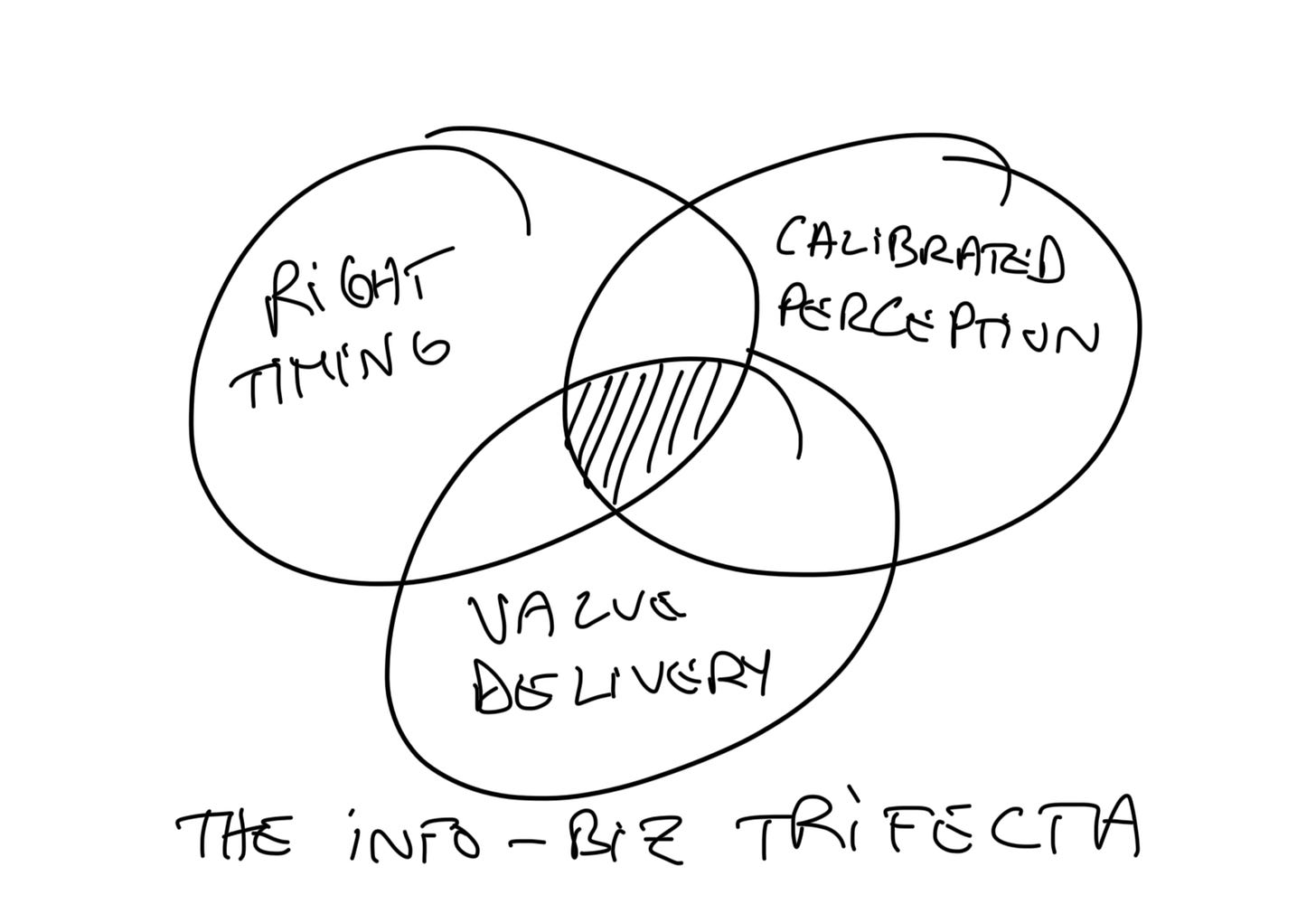
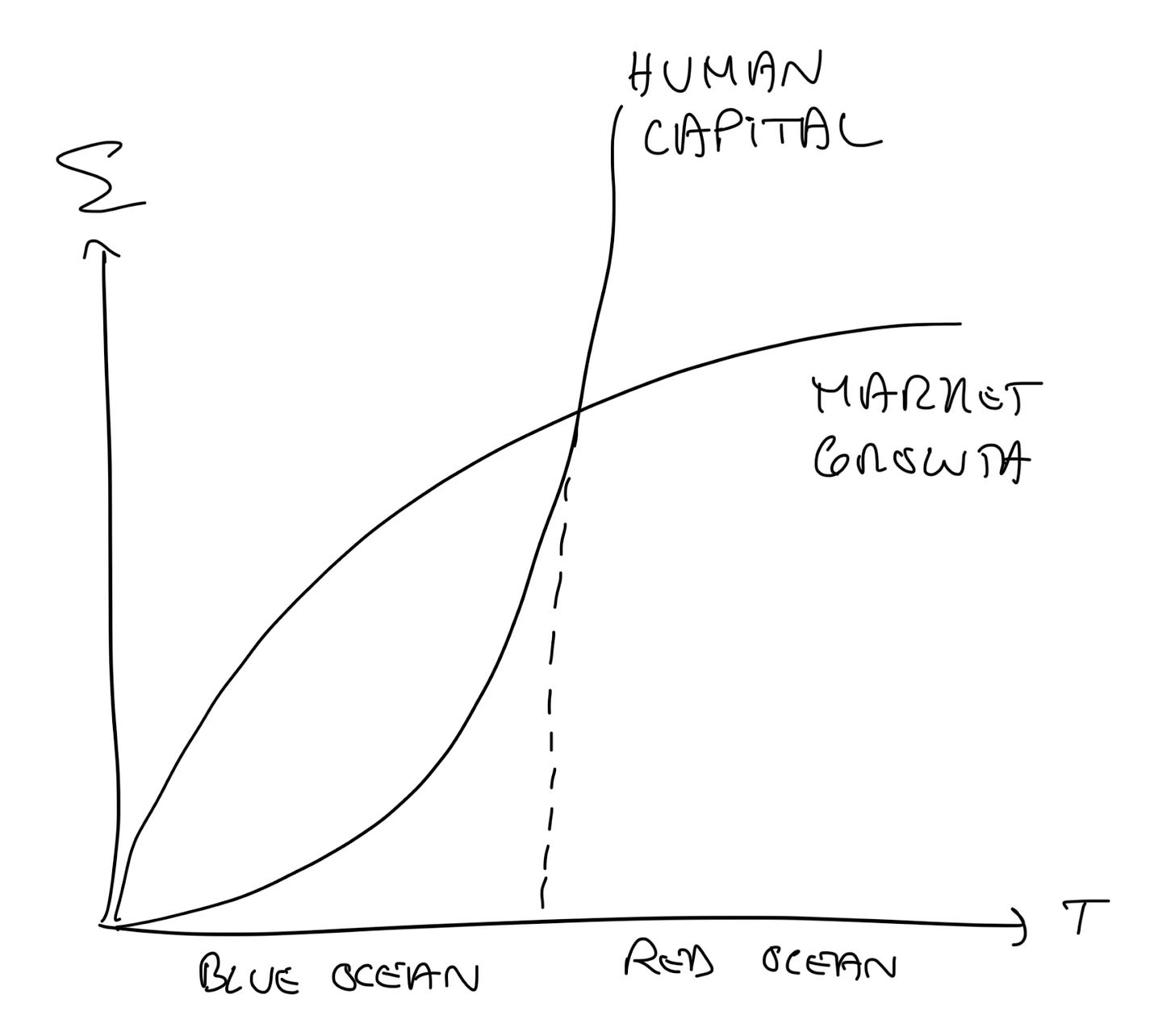
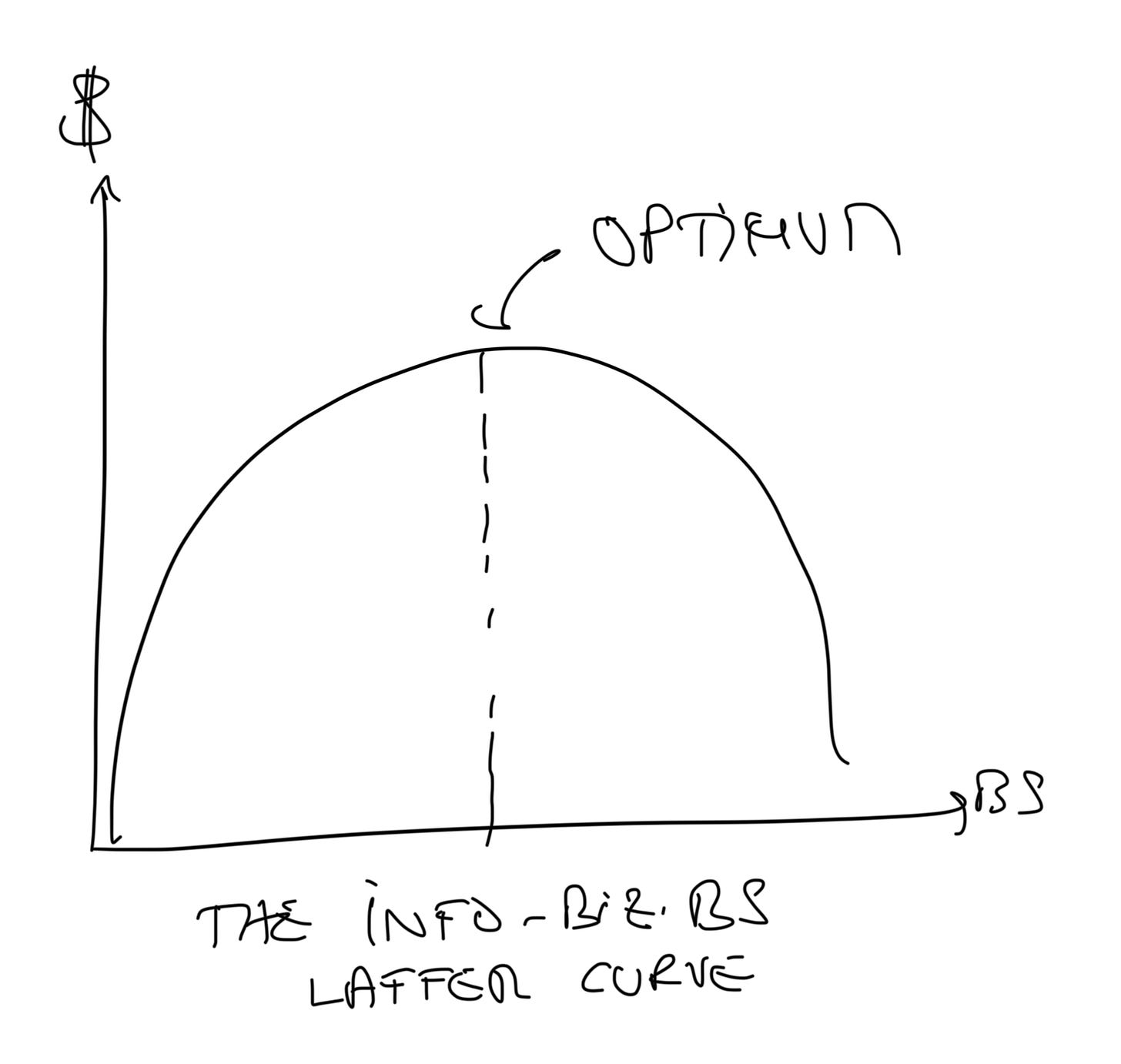

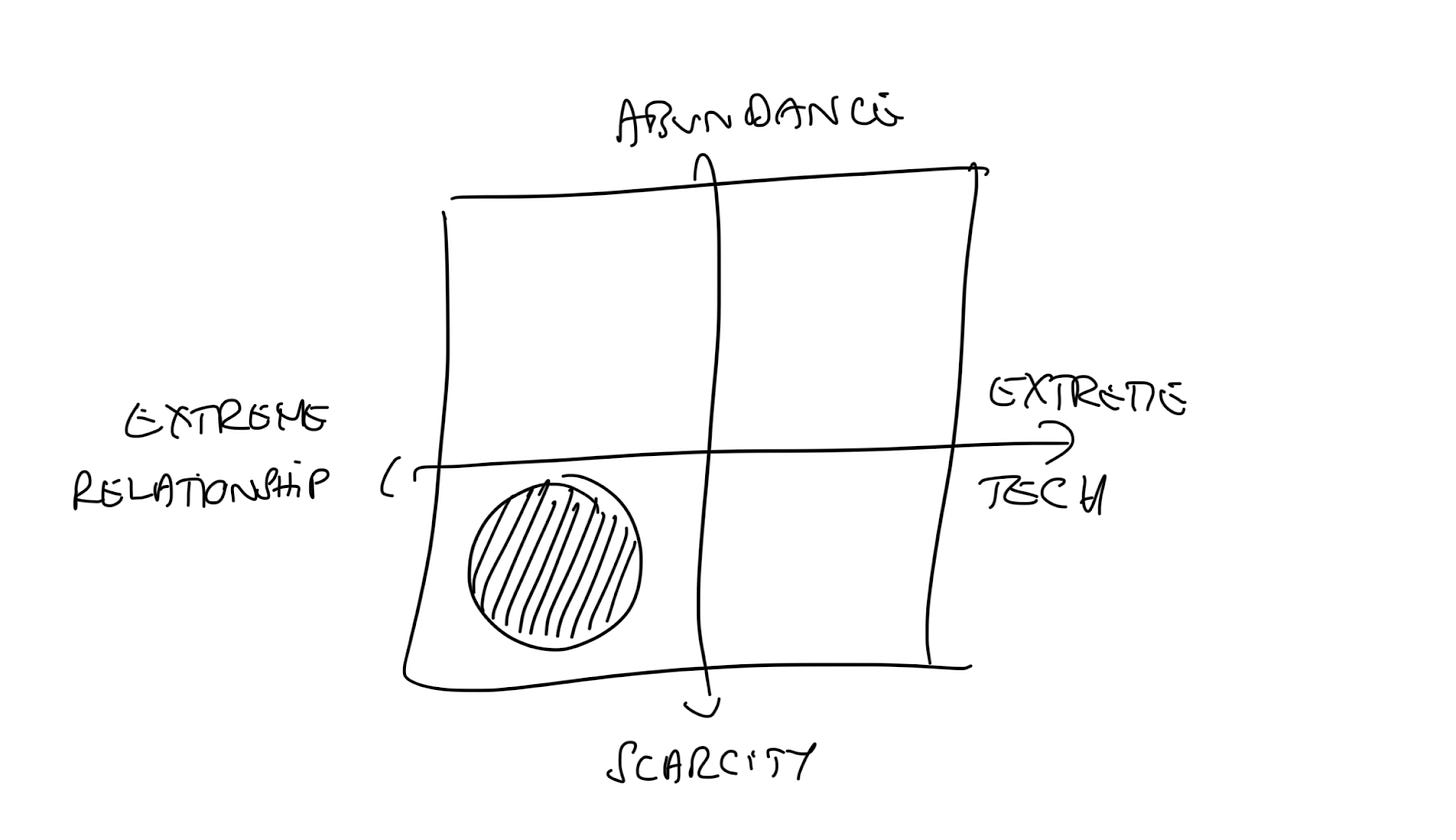

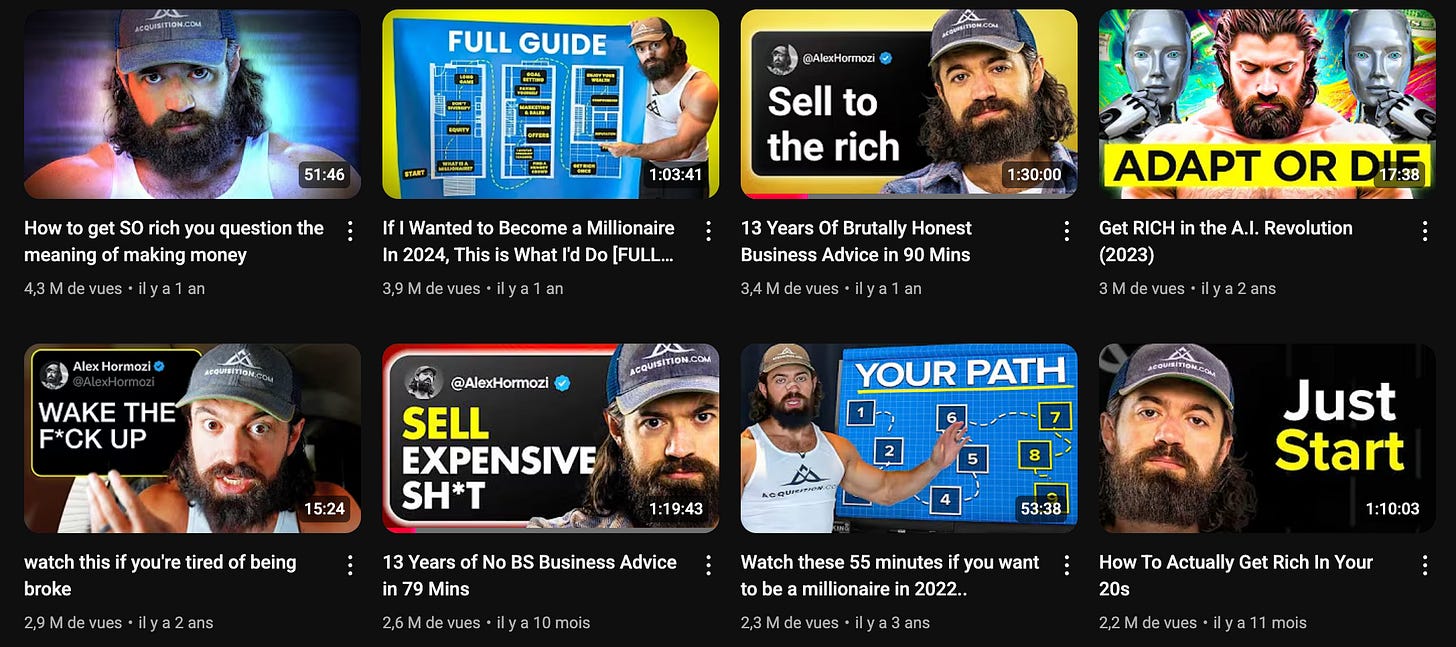
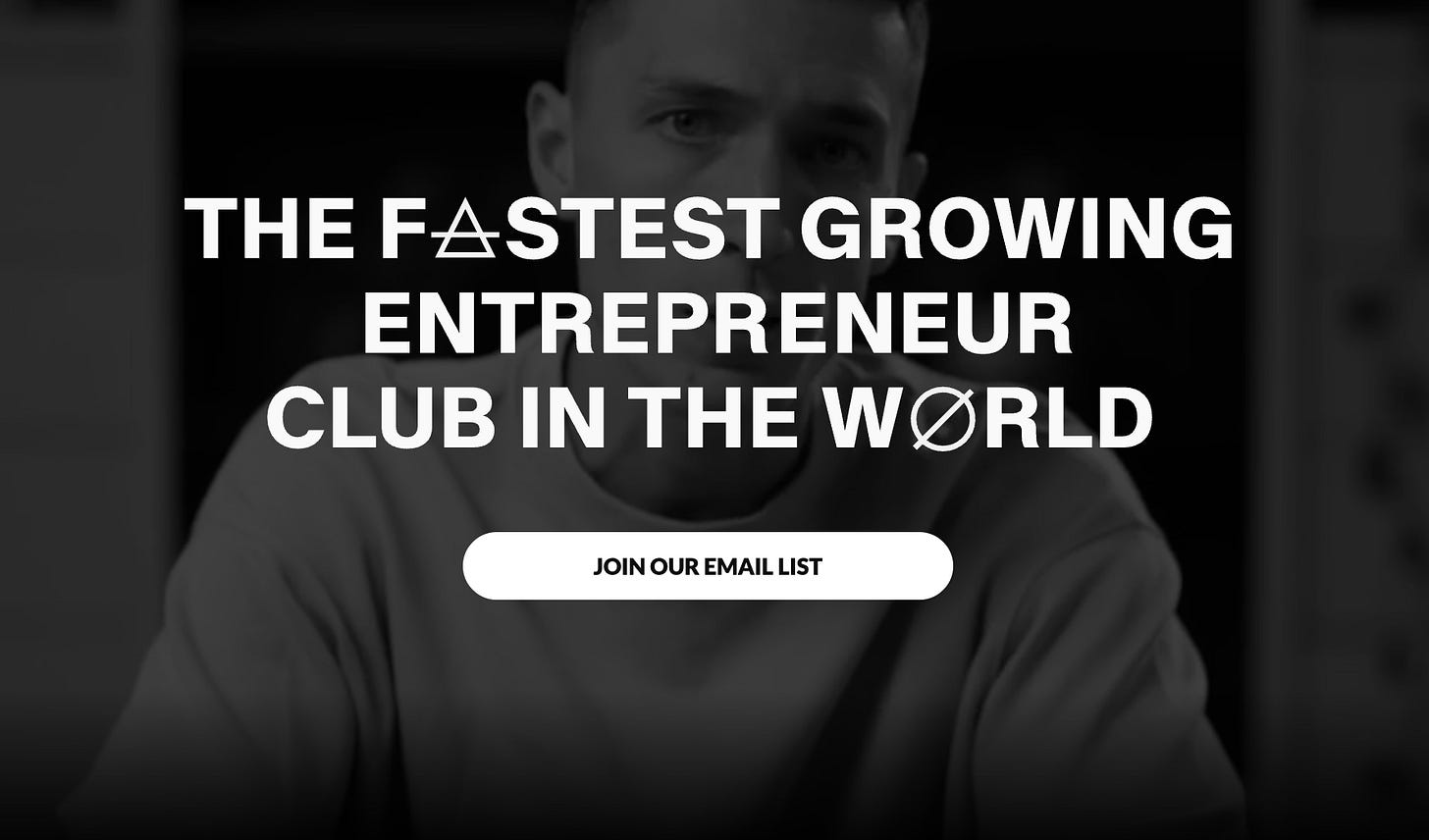
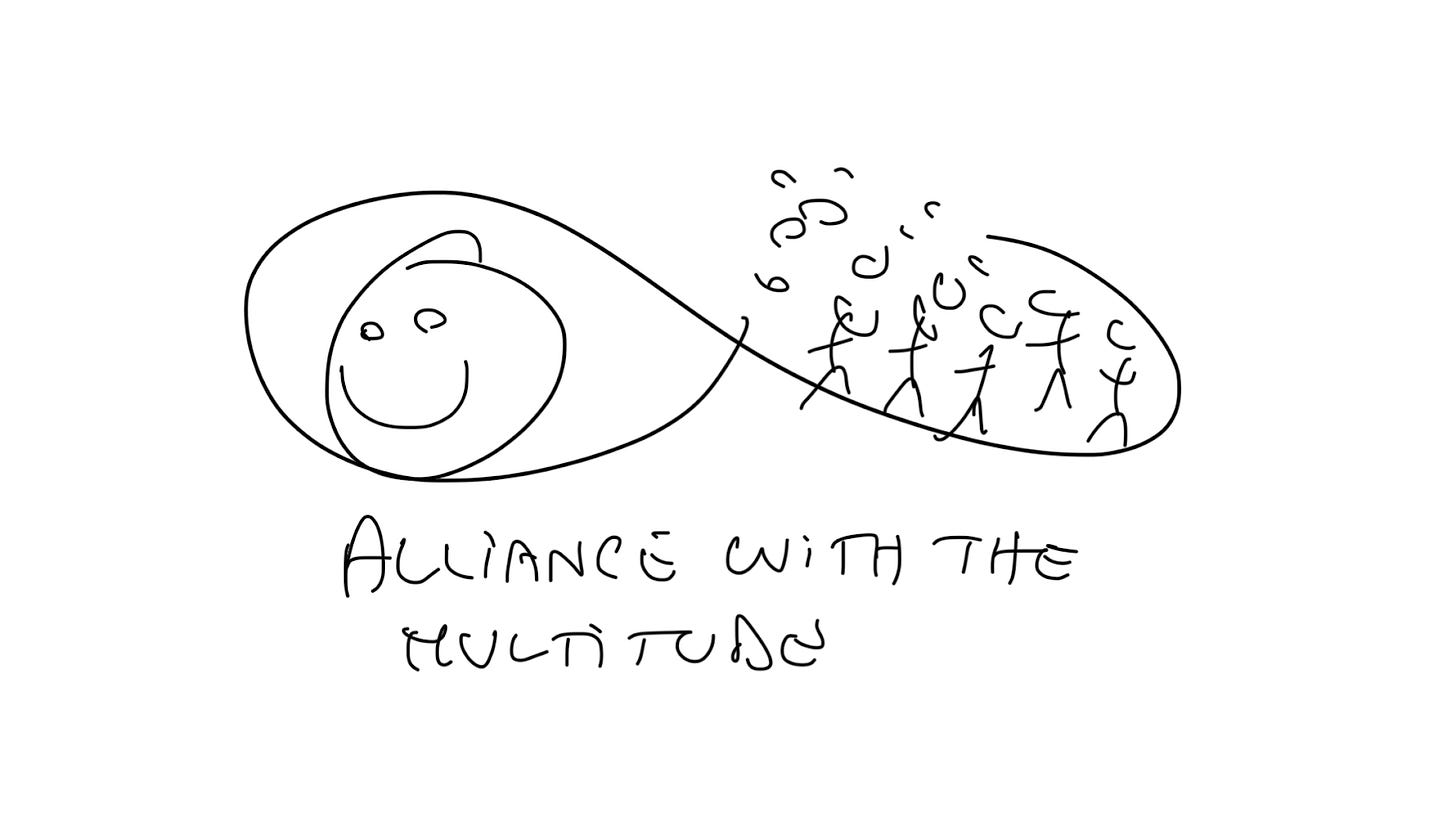
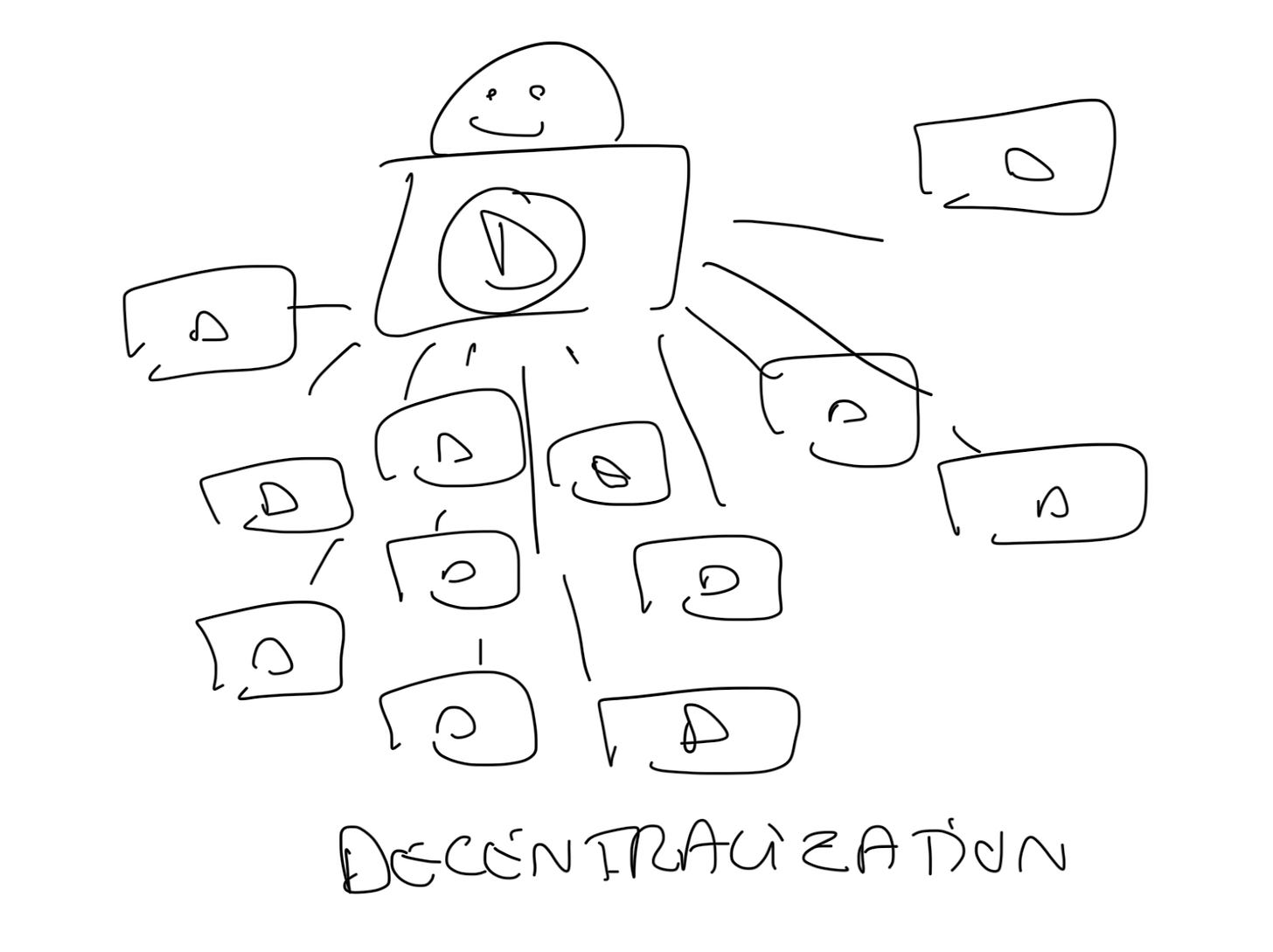
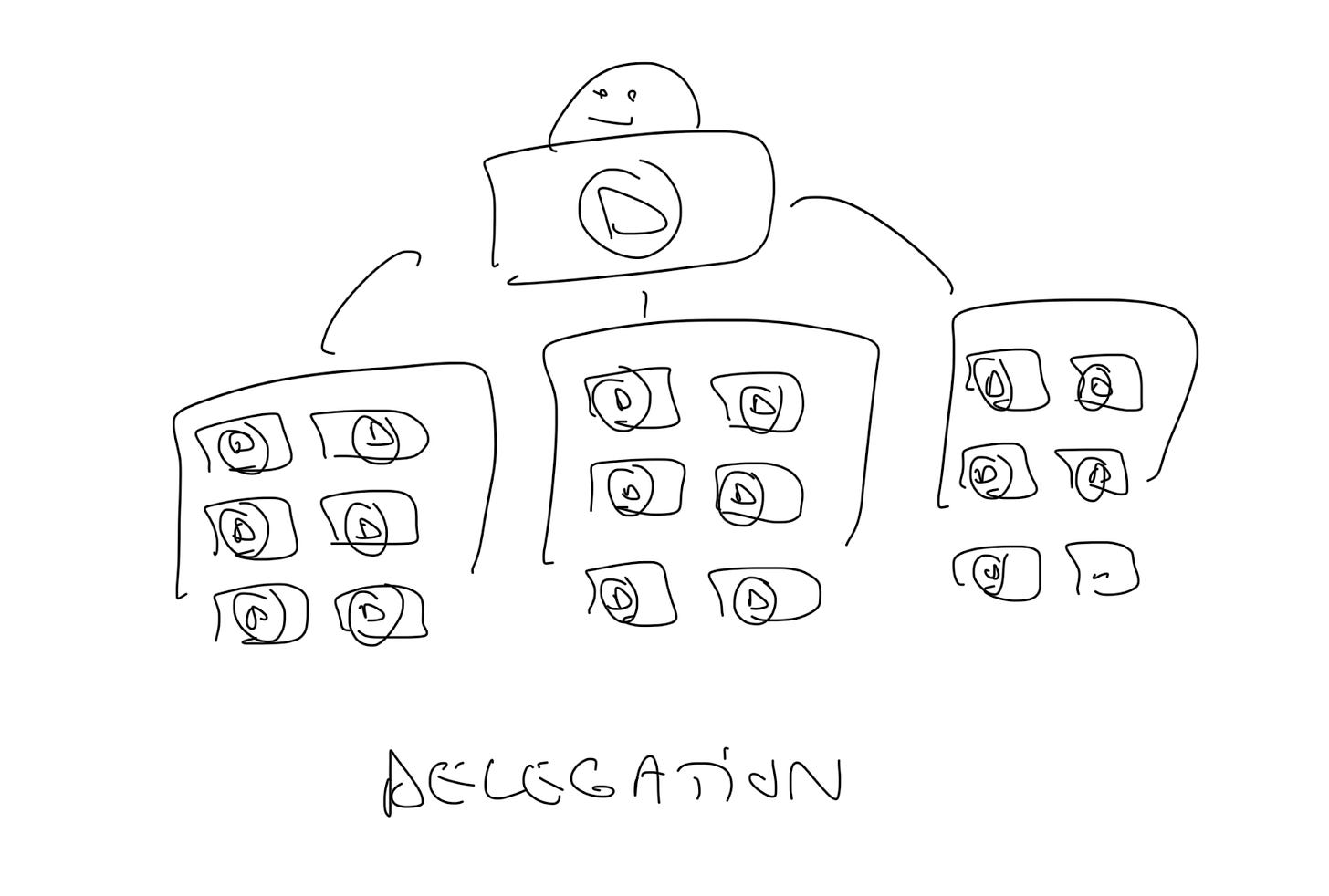
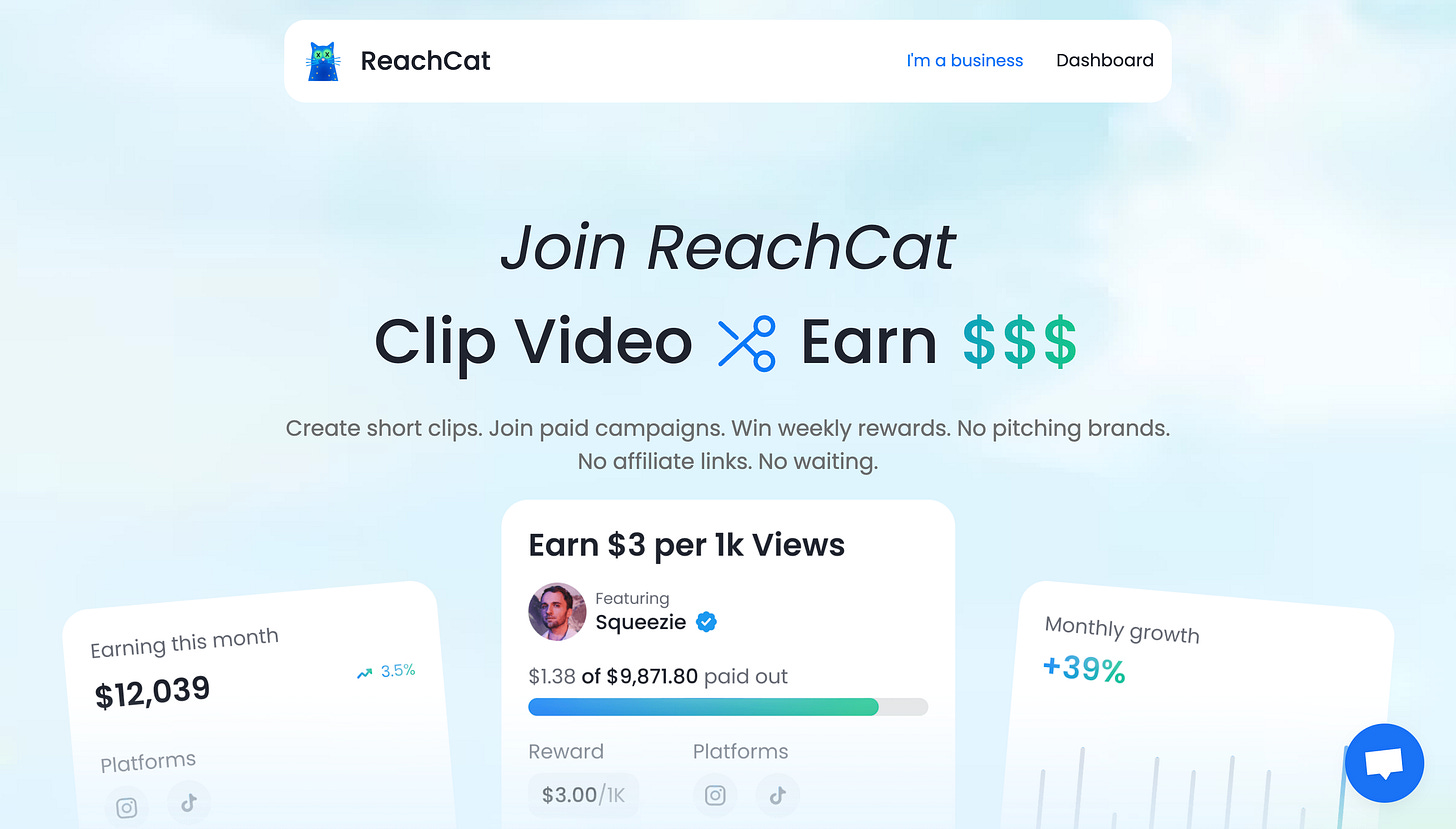
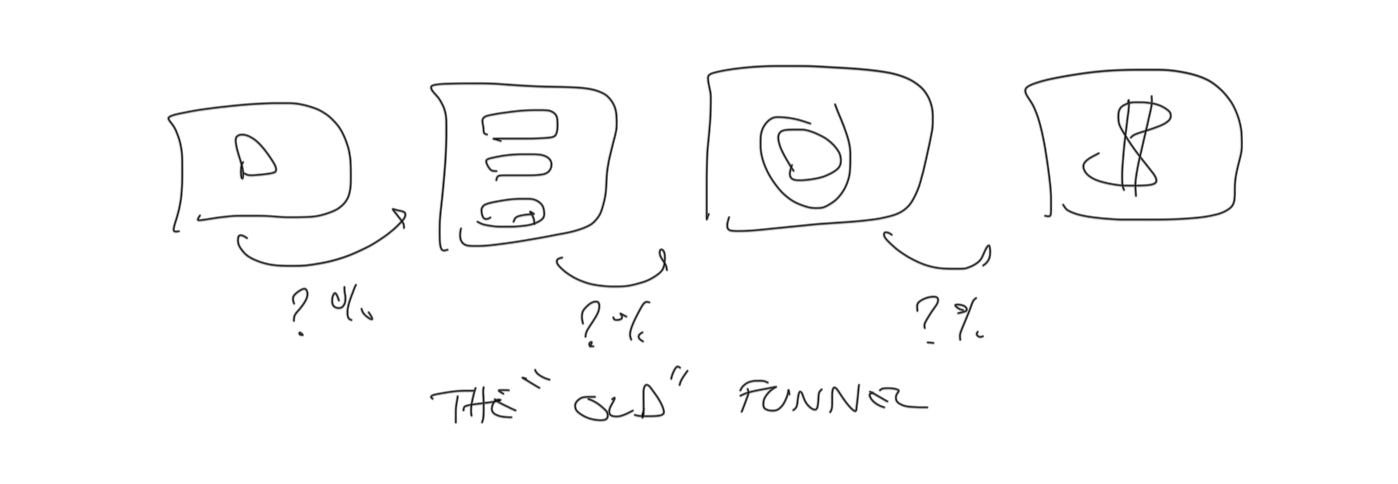
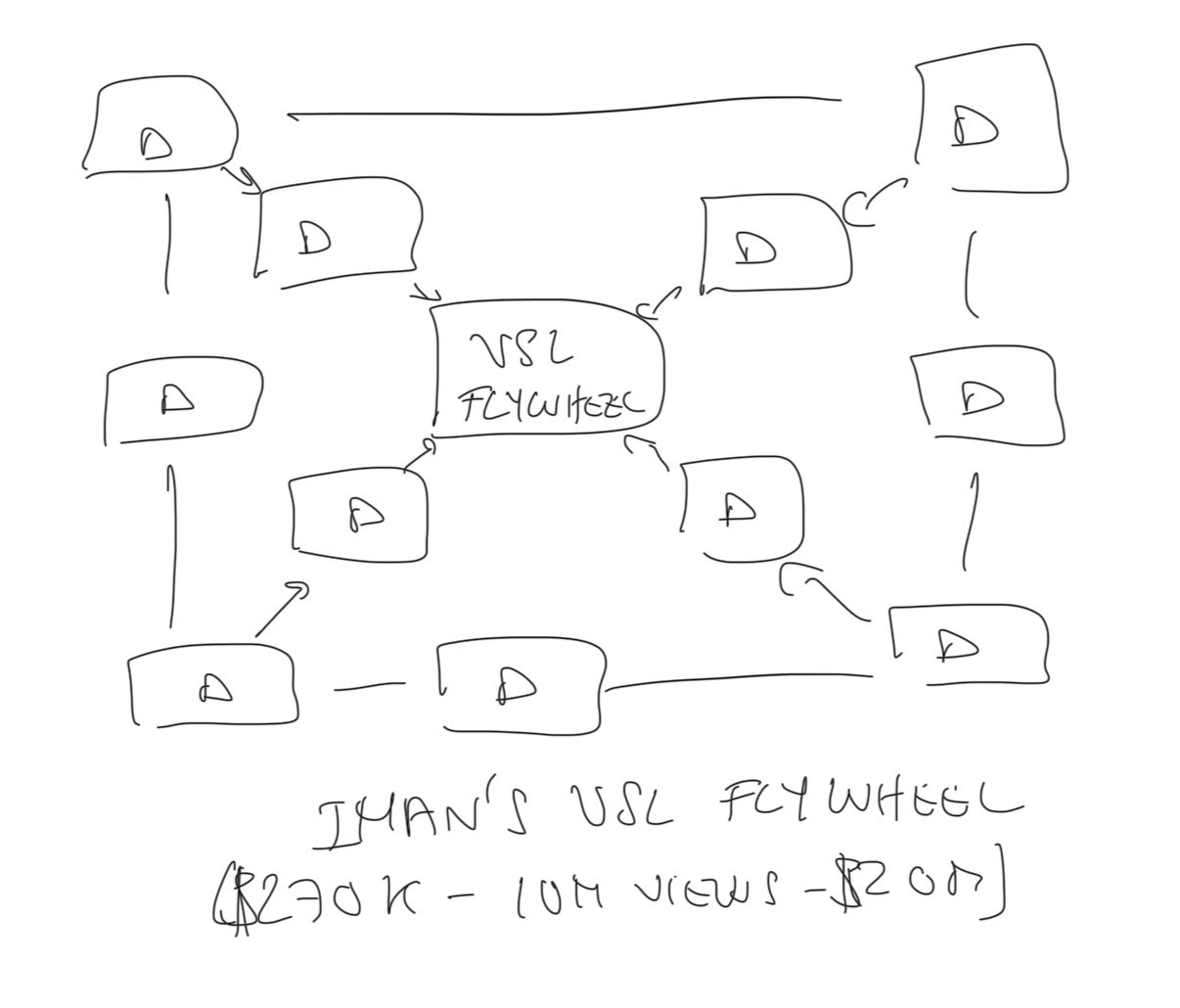
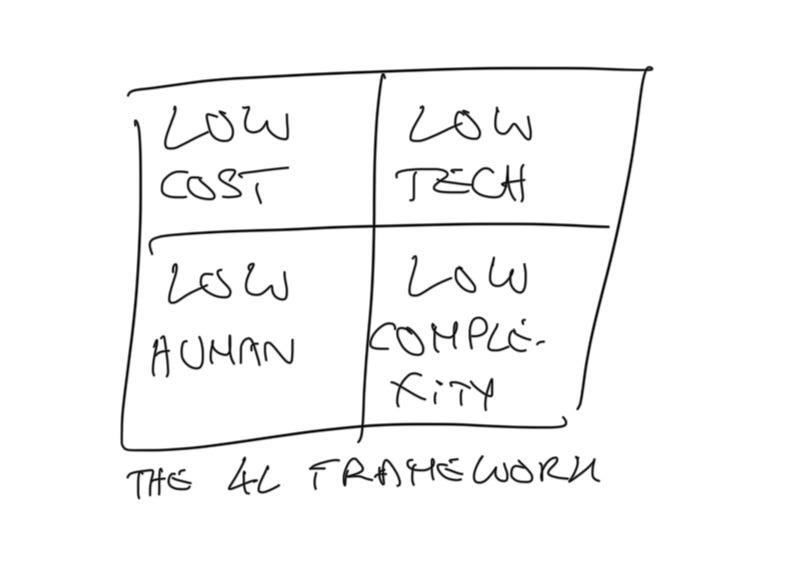
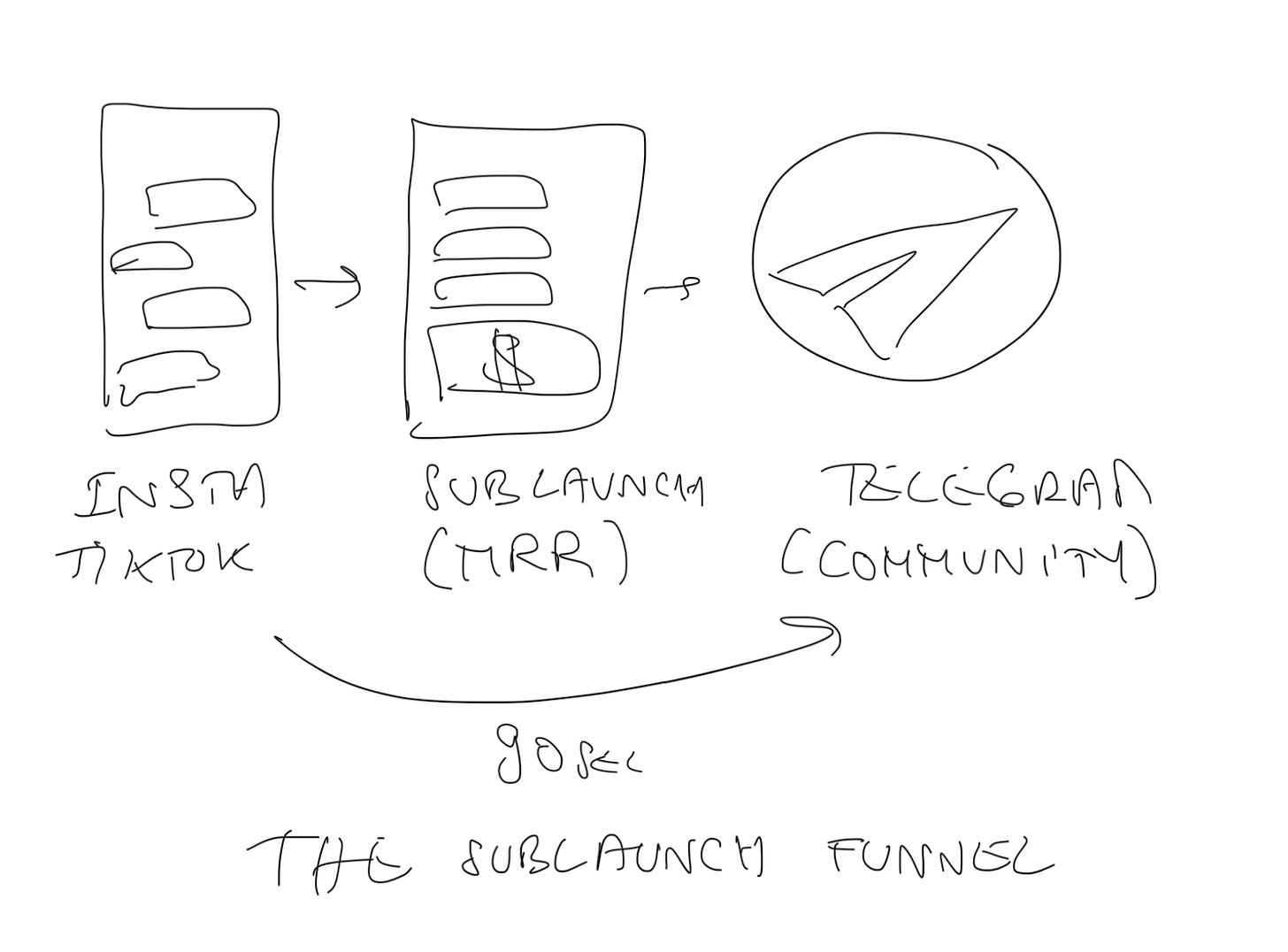
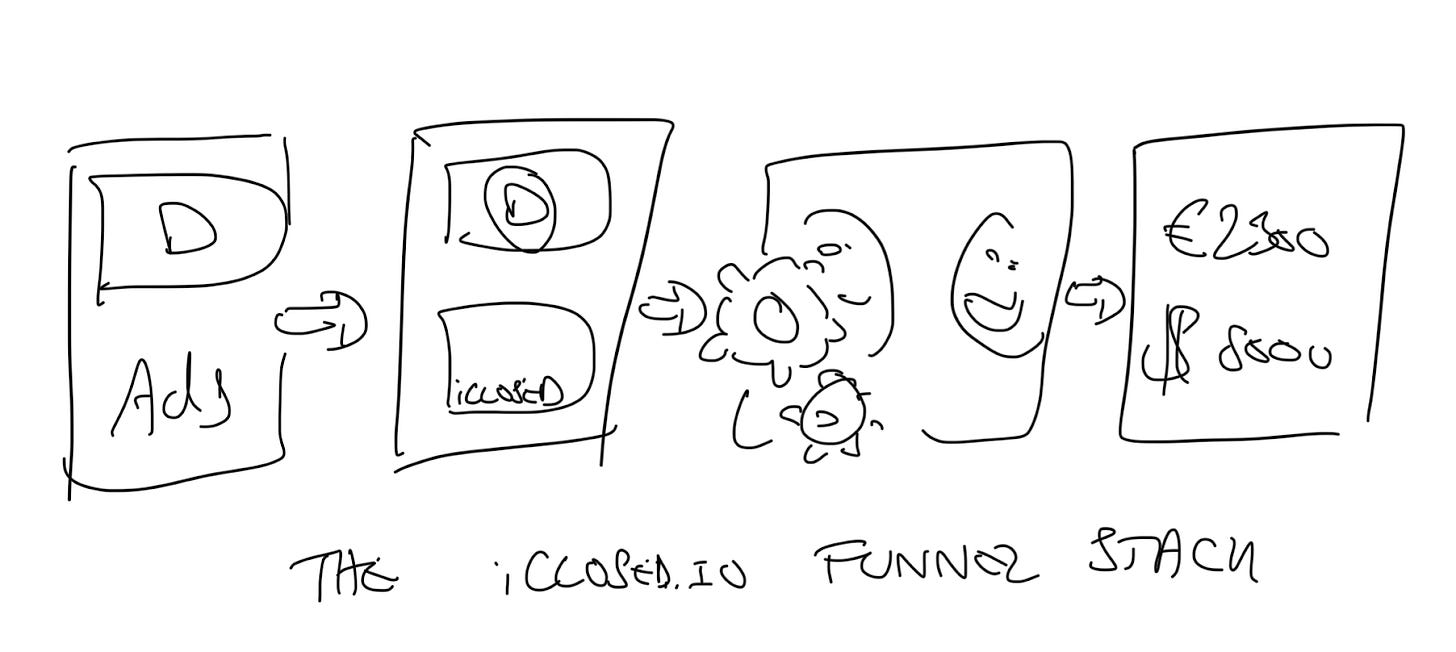
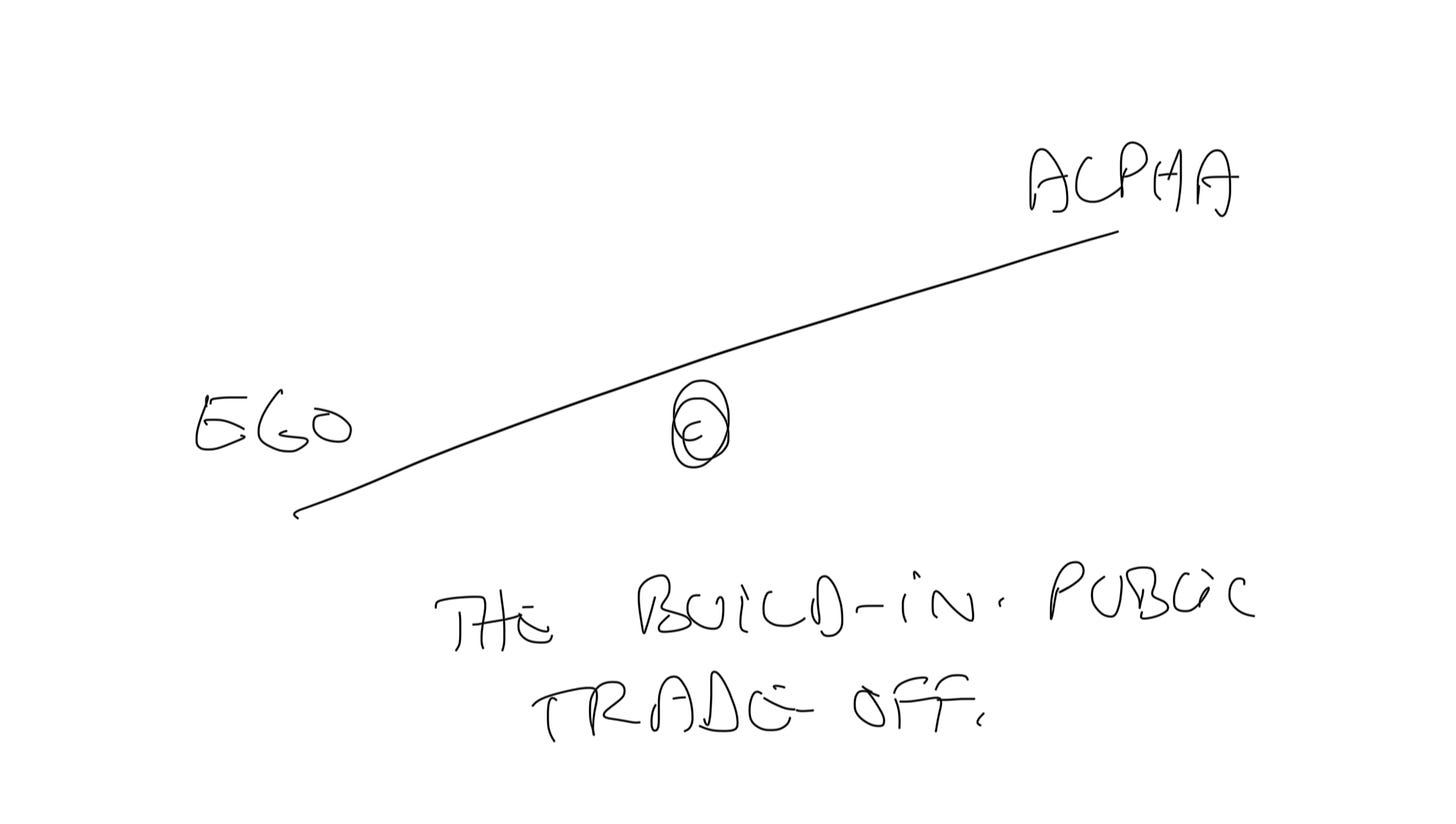
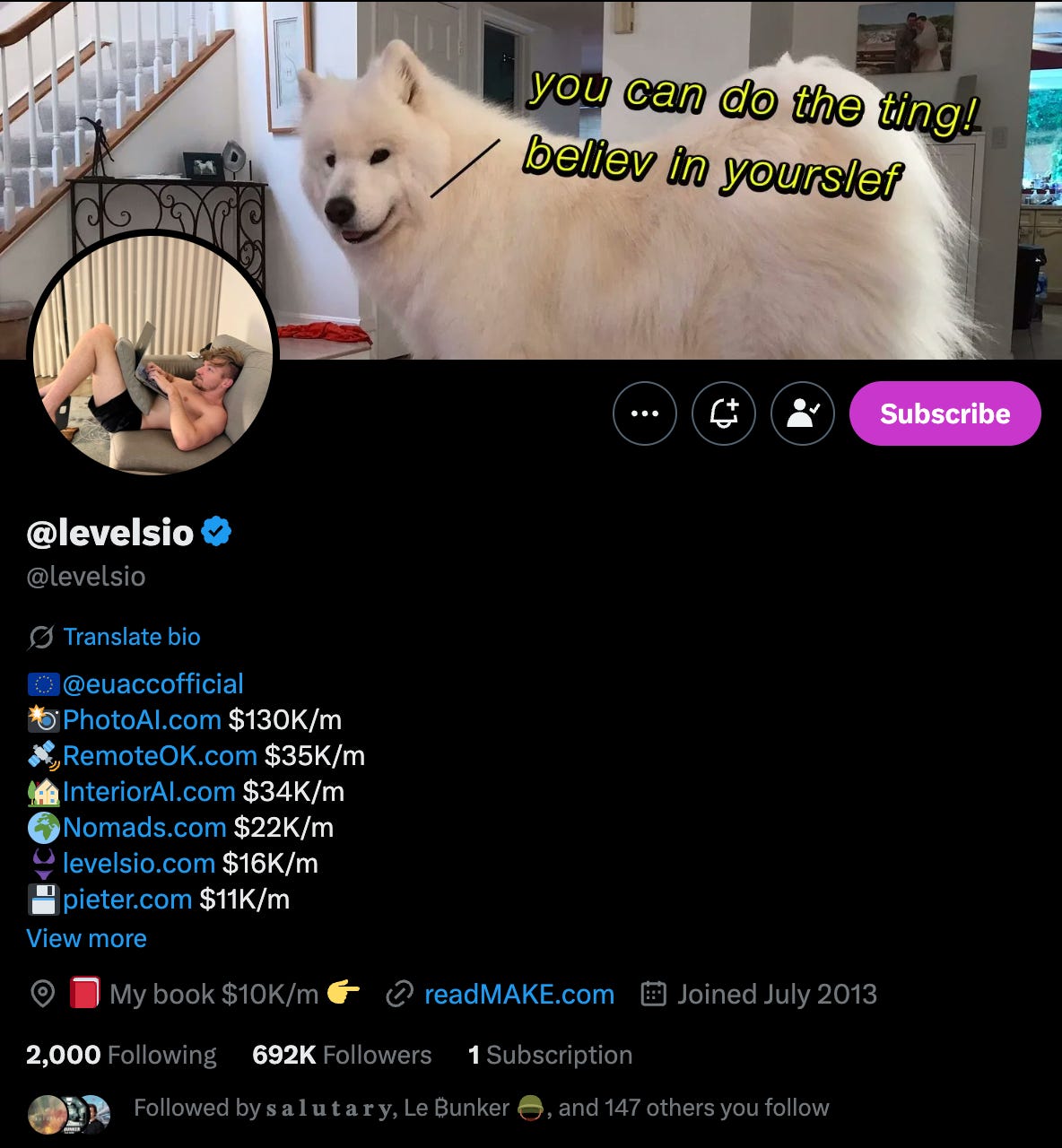
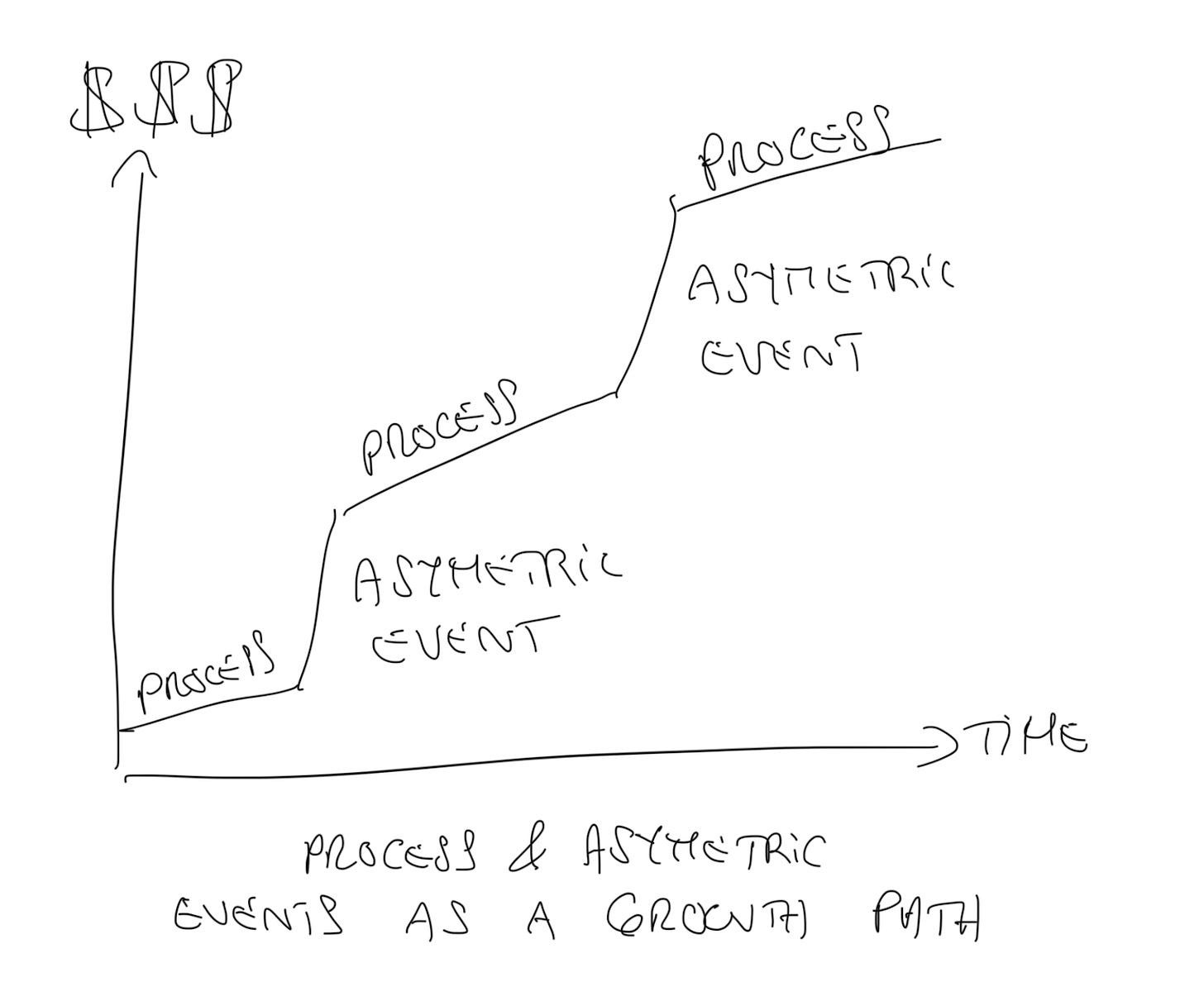
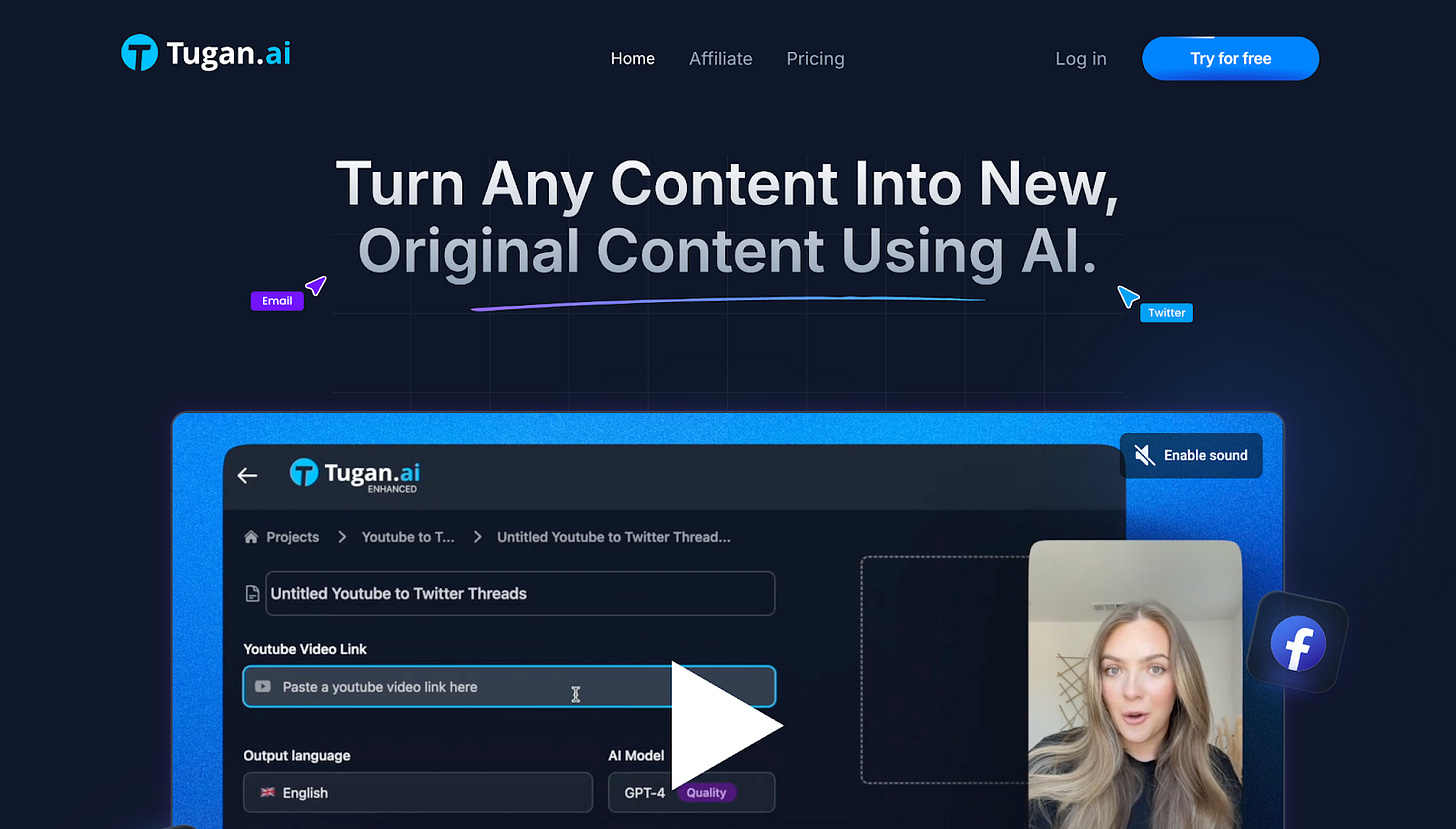
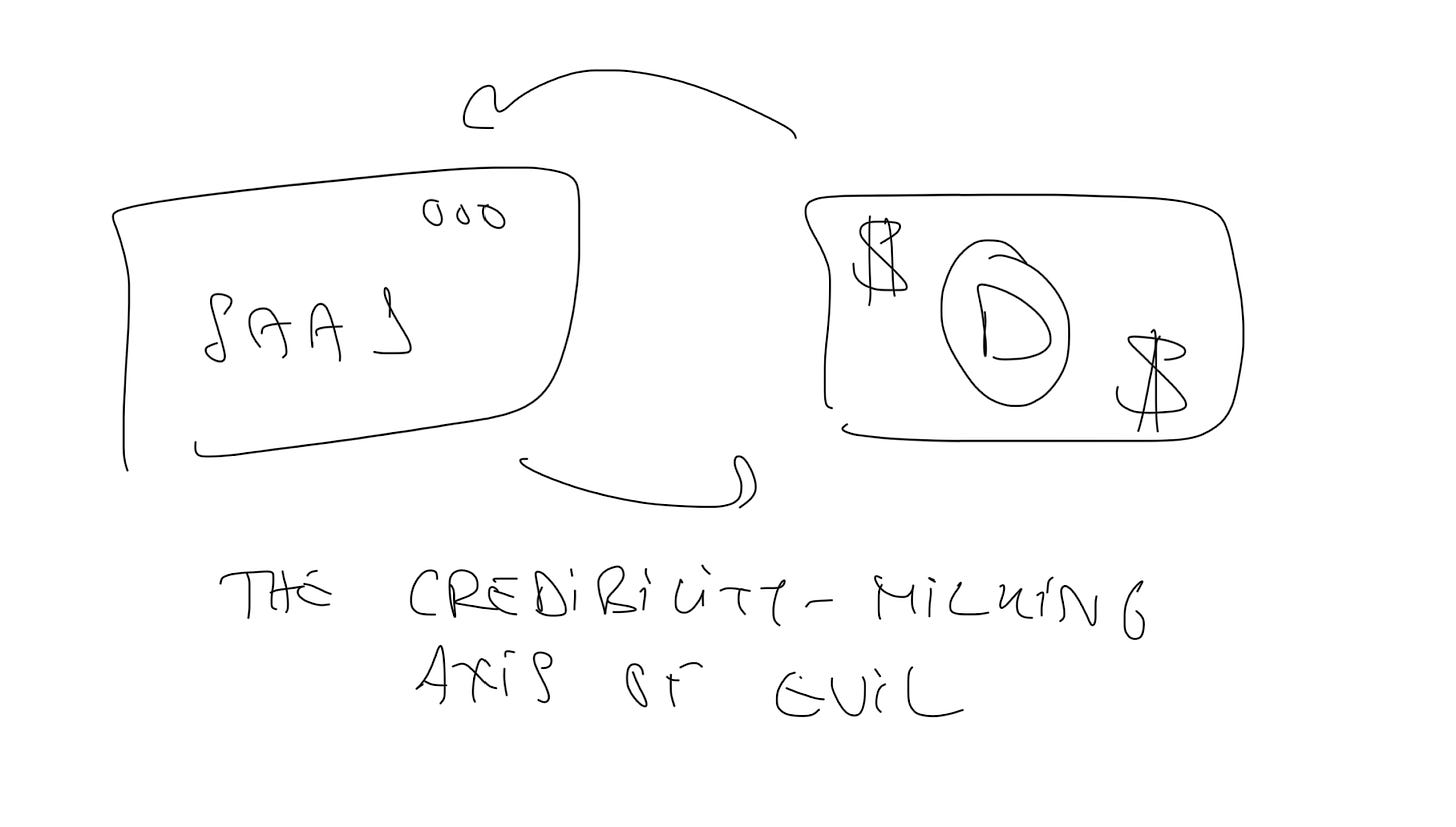
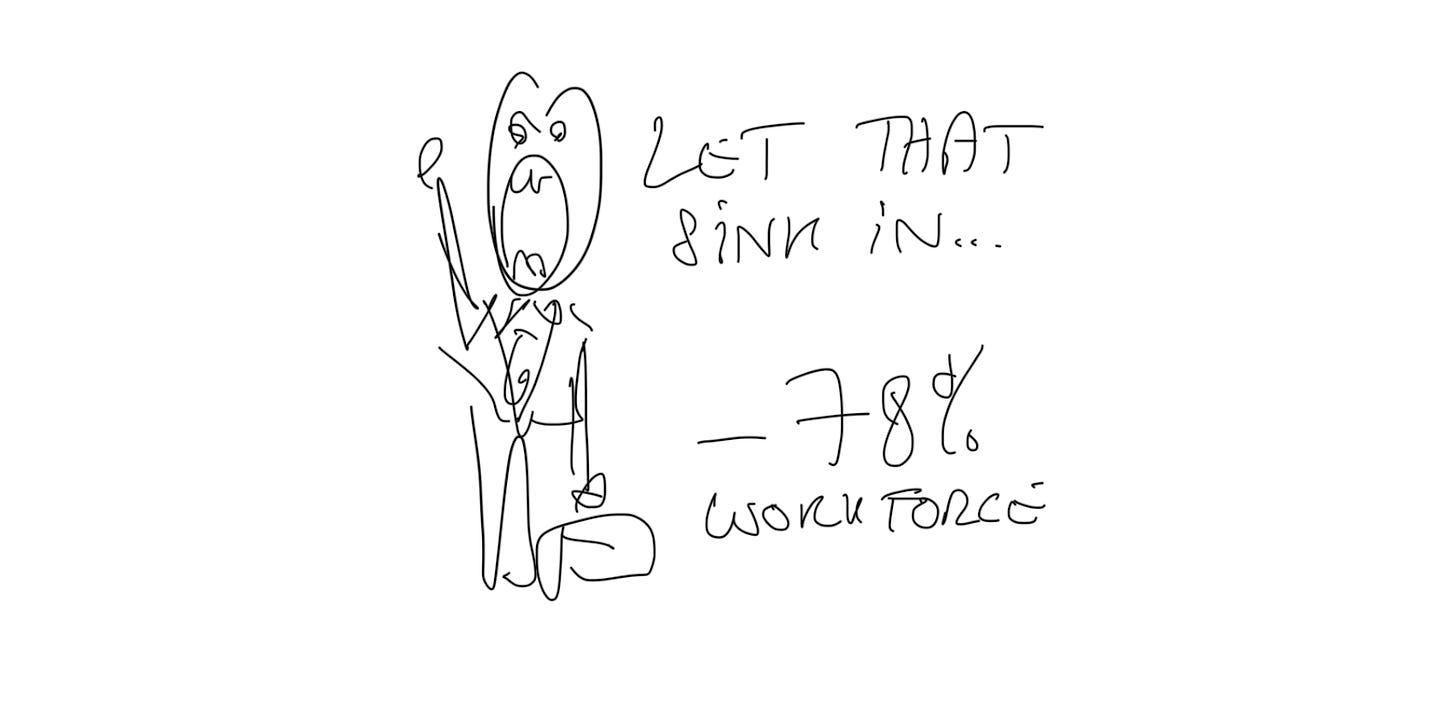
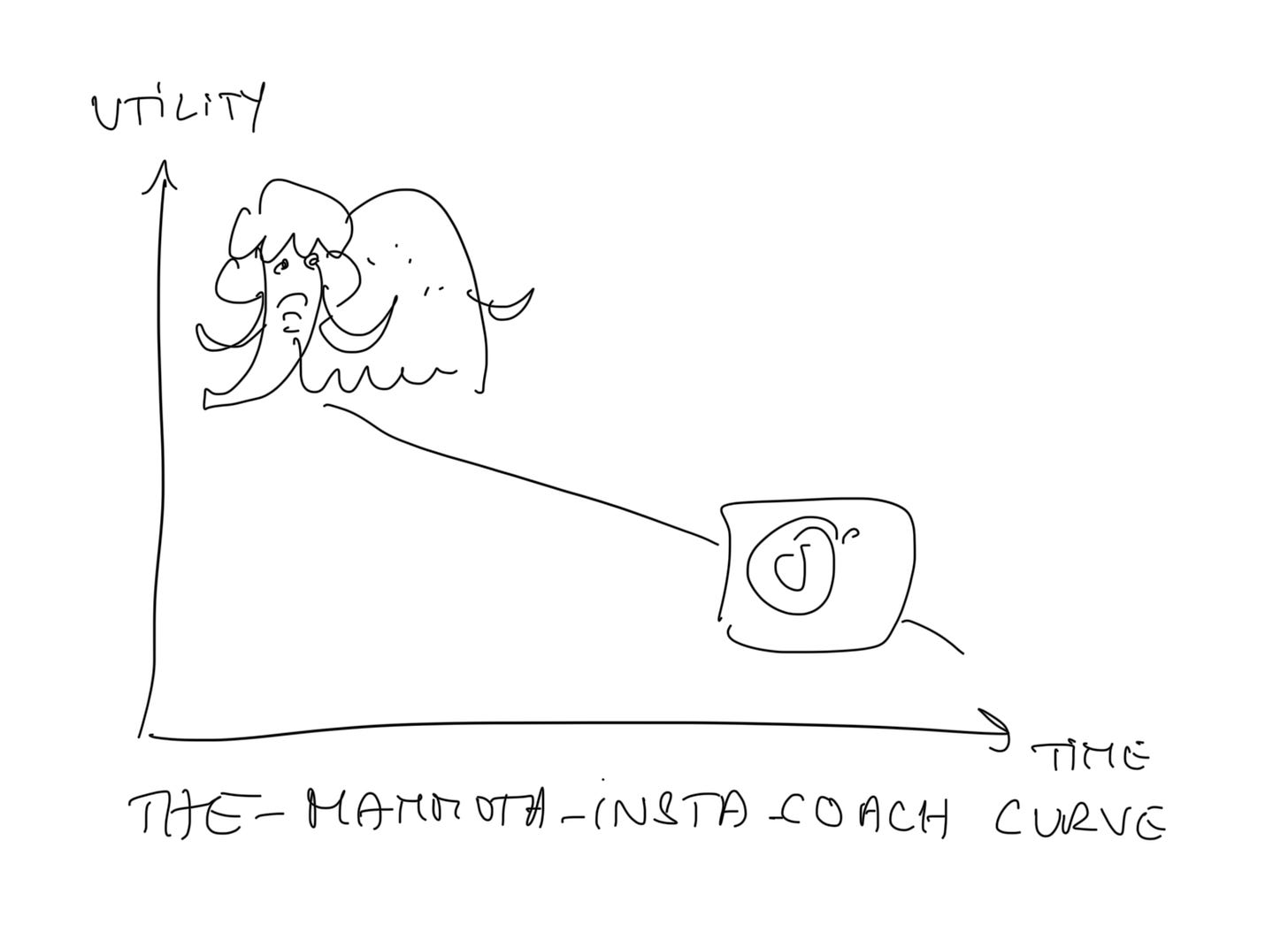
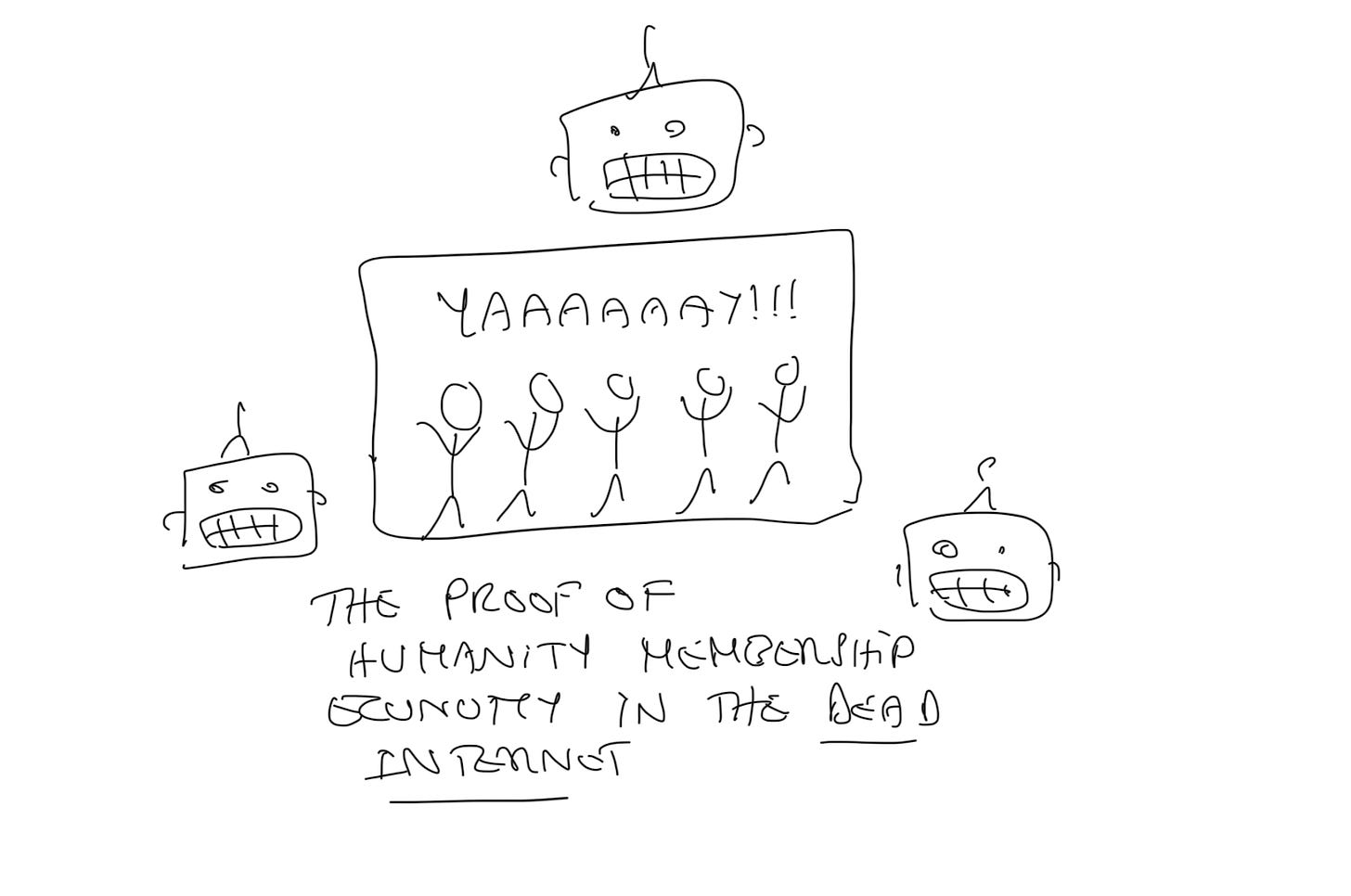


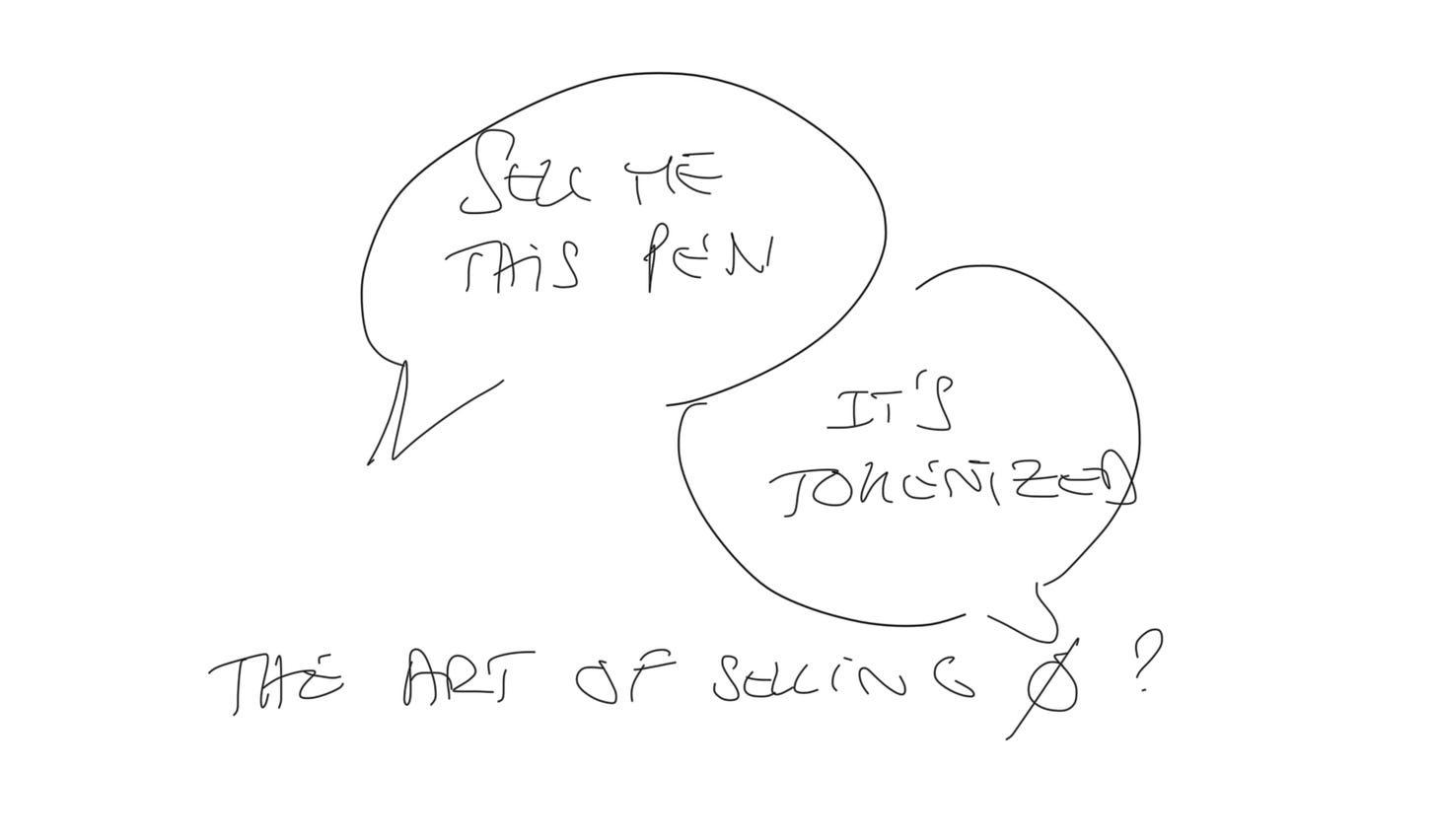
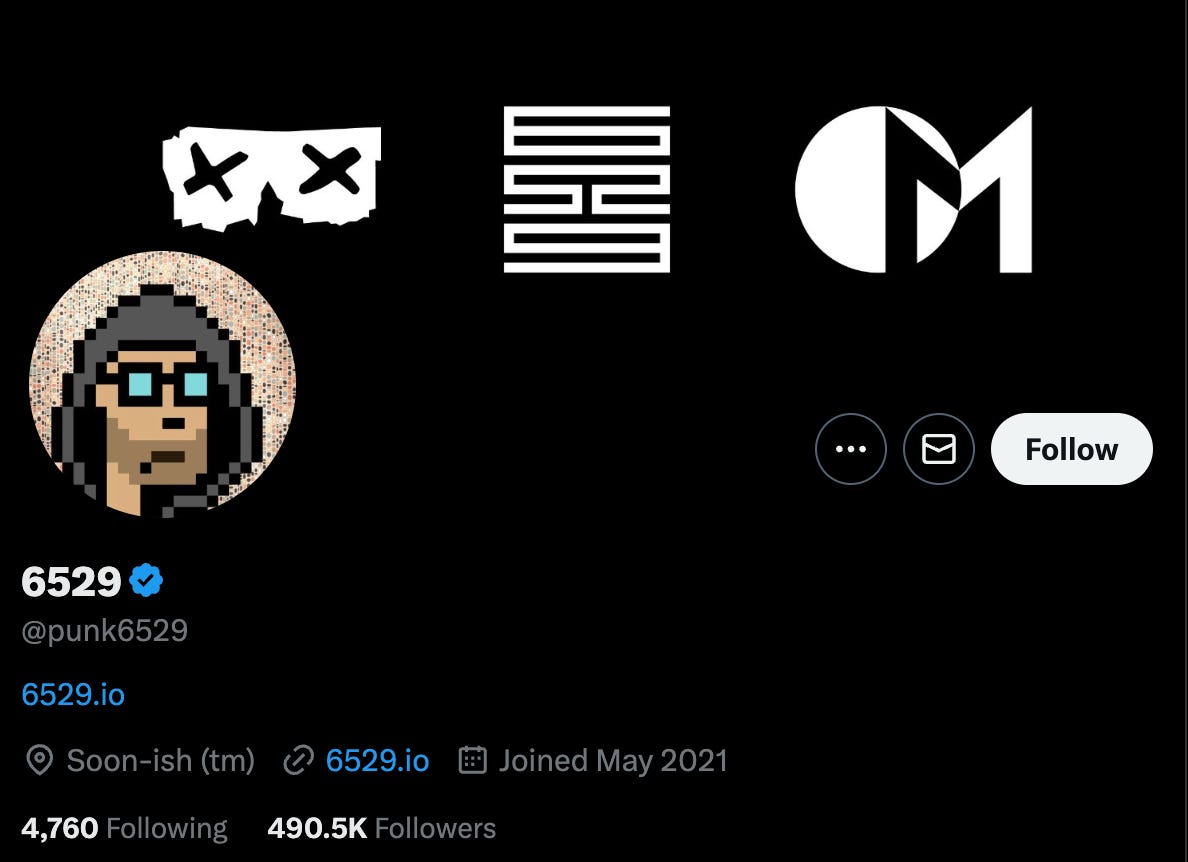

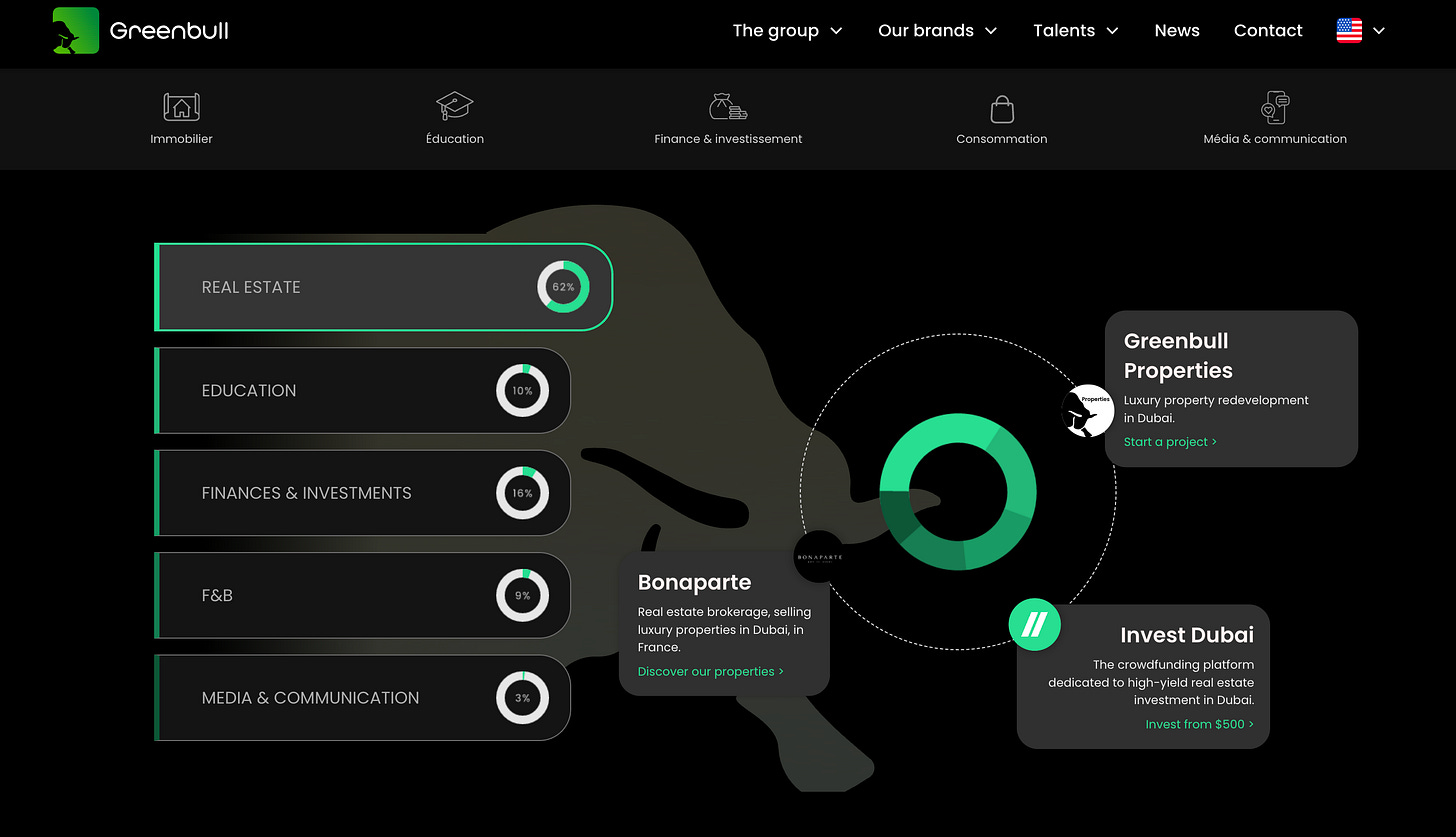
people hardly believe that web3/blockchain and crypto (not pumpfunization) is the future.
building on this scene now is like mastering IA years before anyone else.
only the future will show us but im clearly confident on this bet.
100% agreed with the "building in public" point.